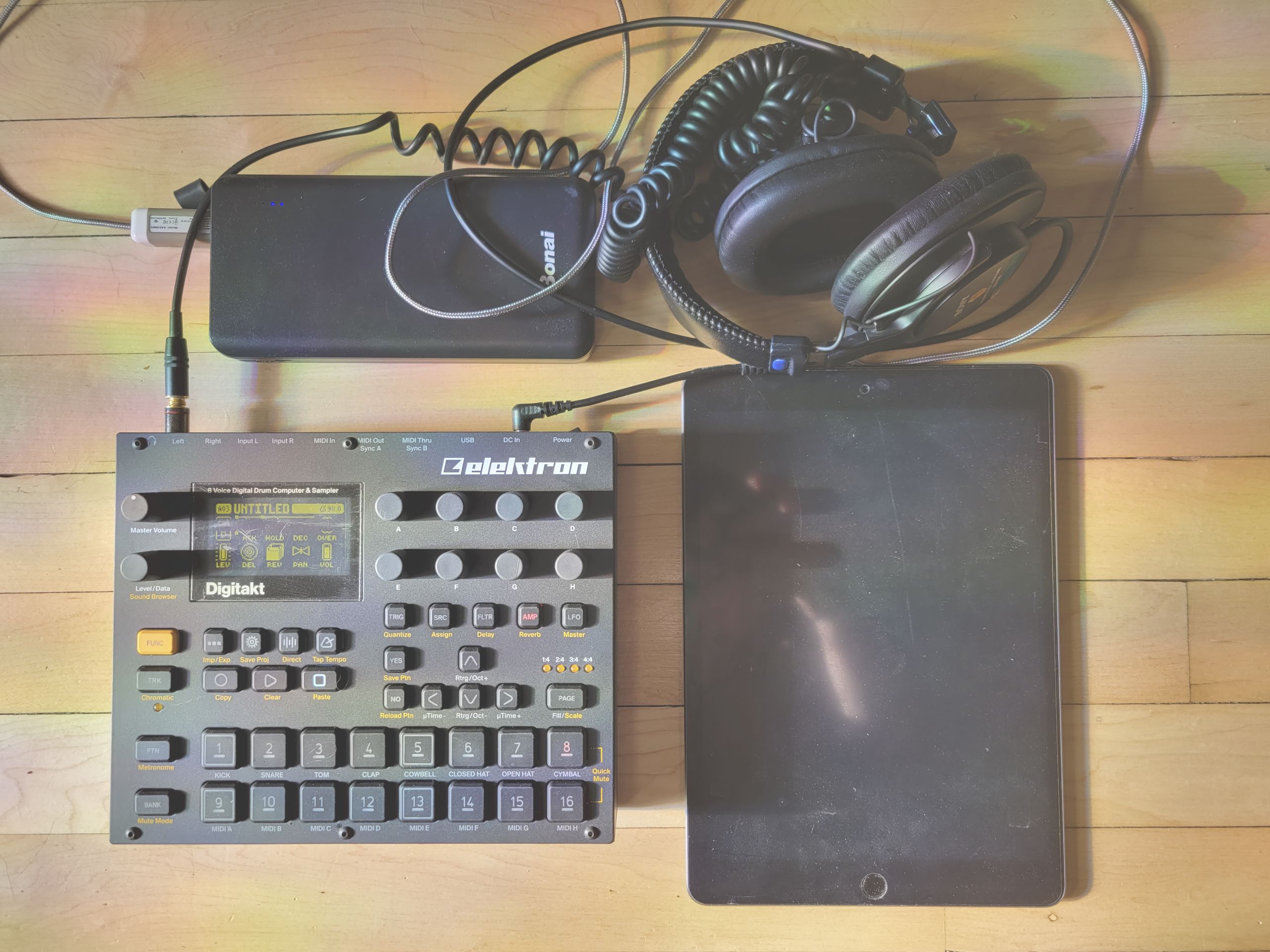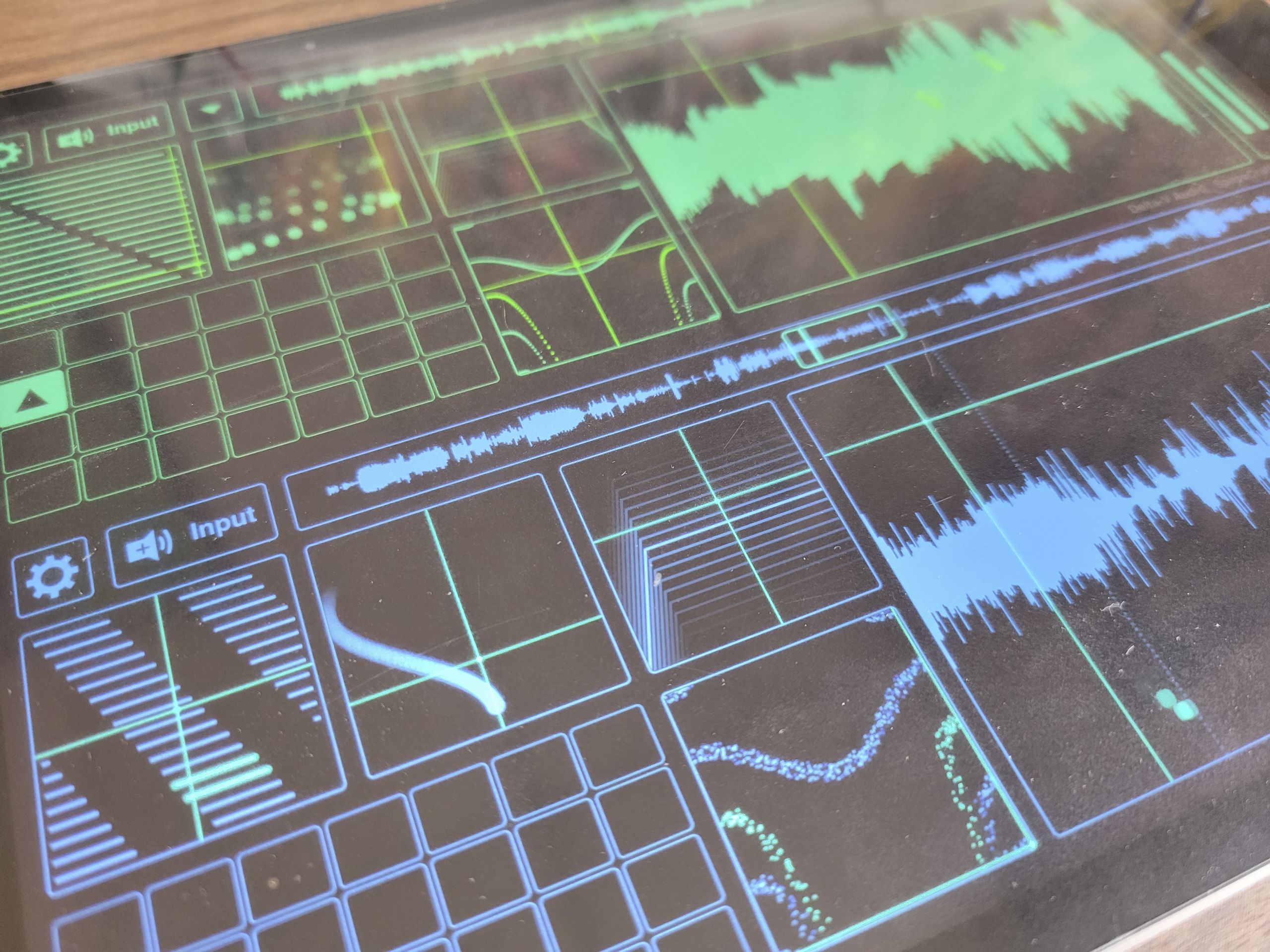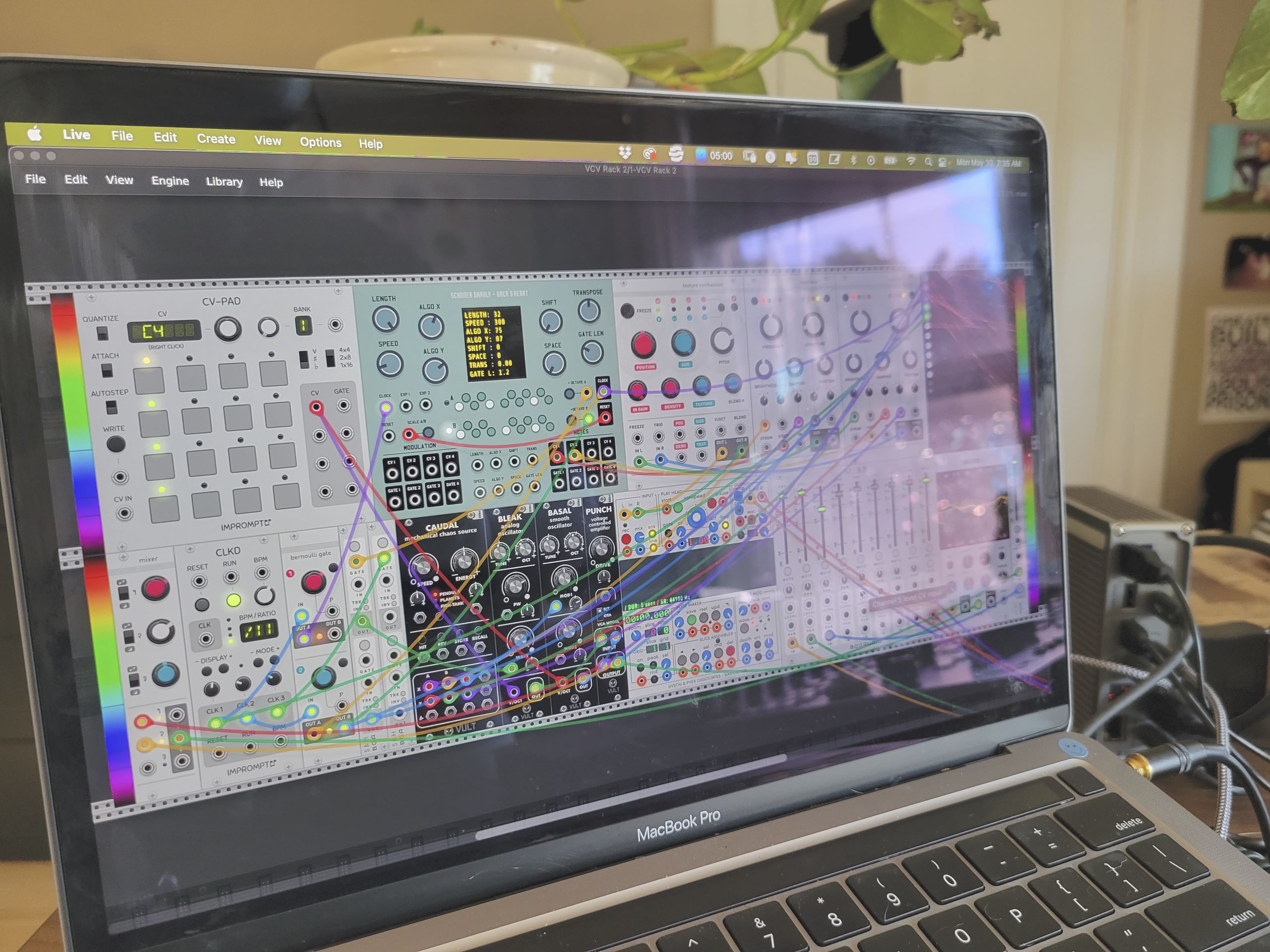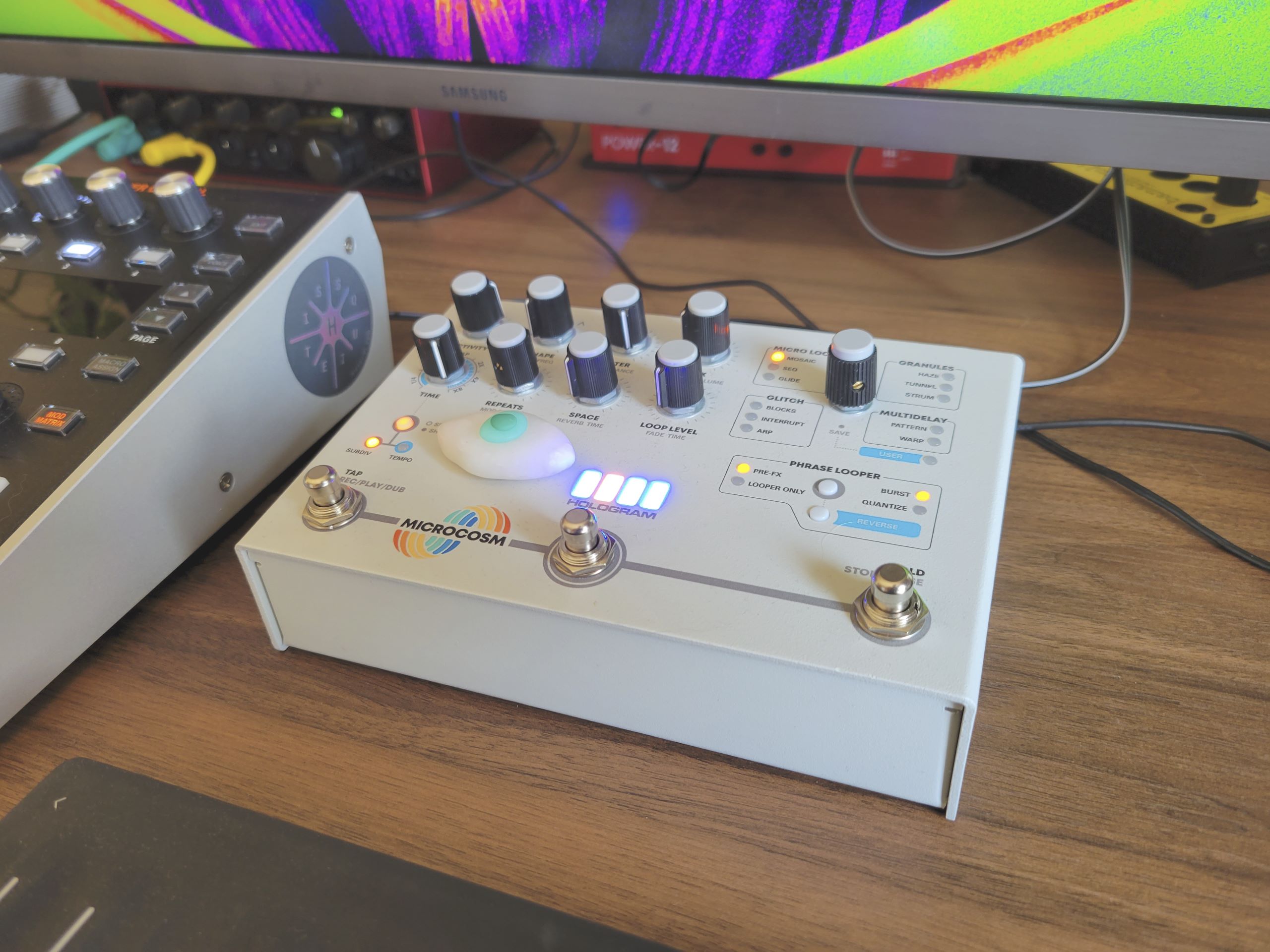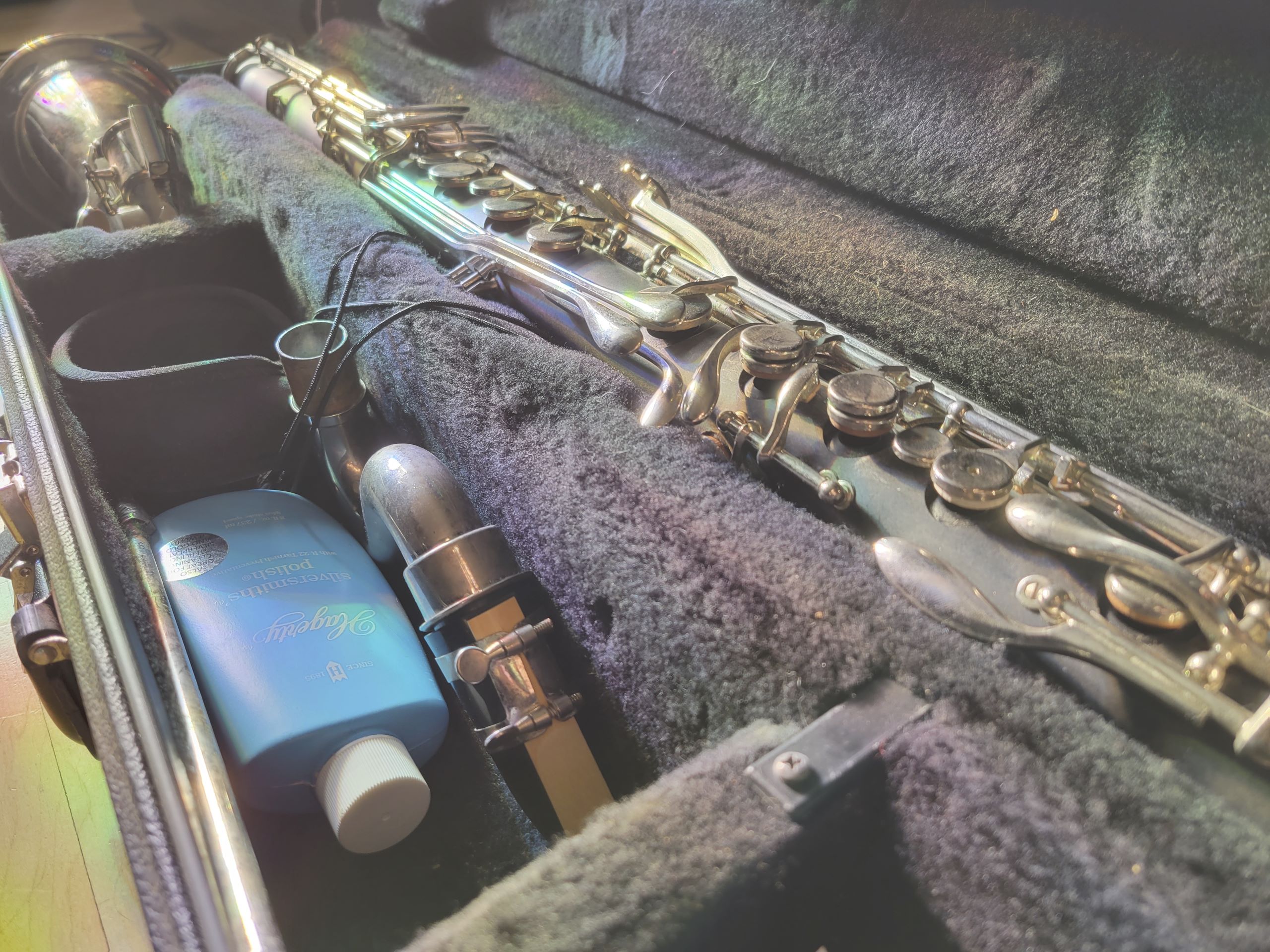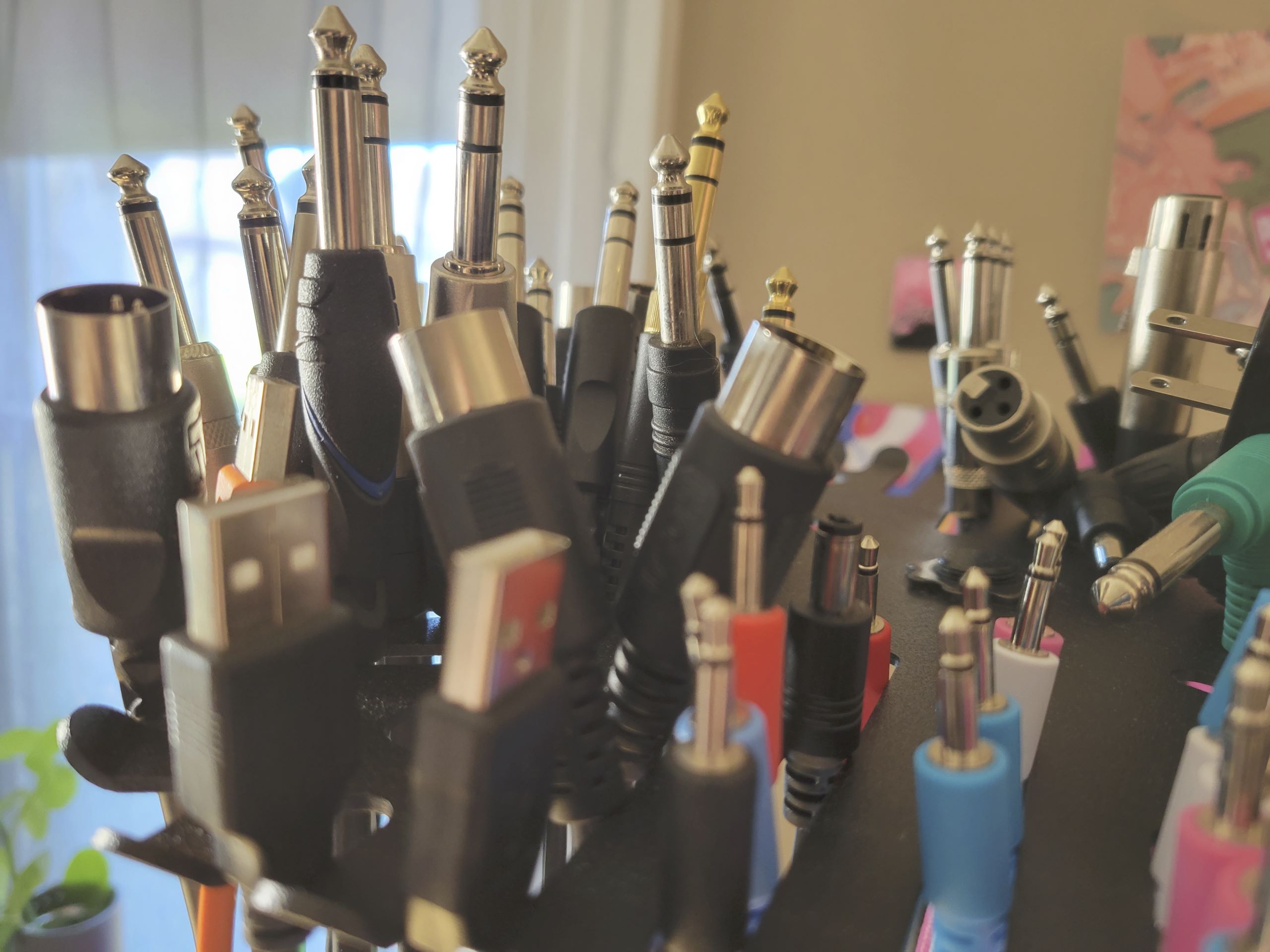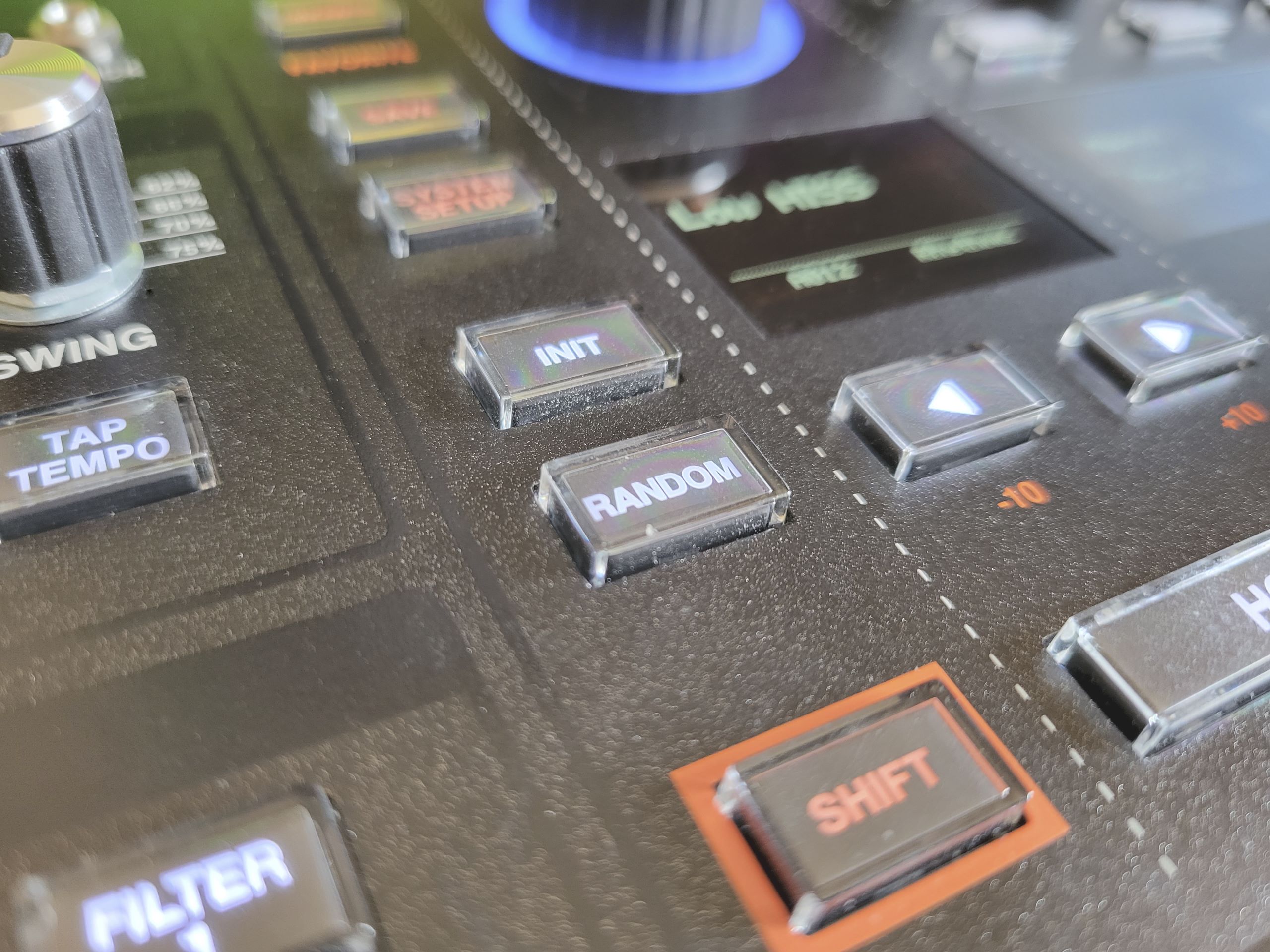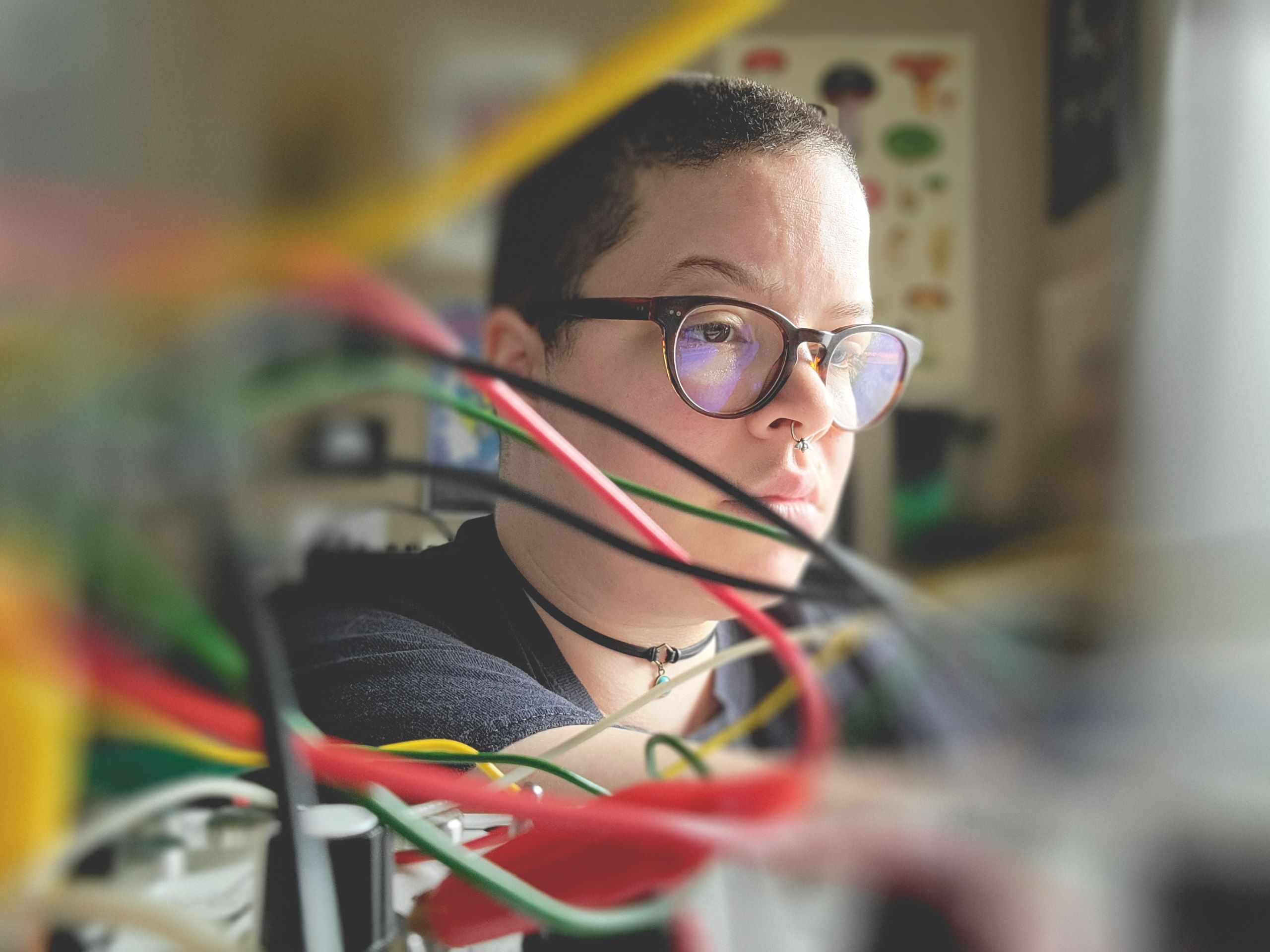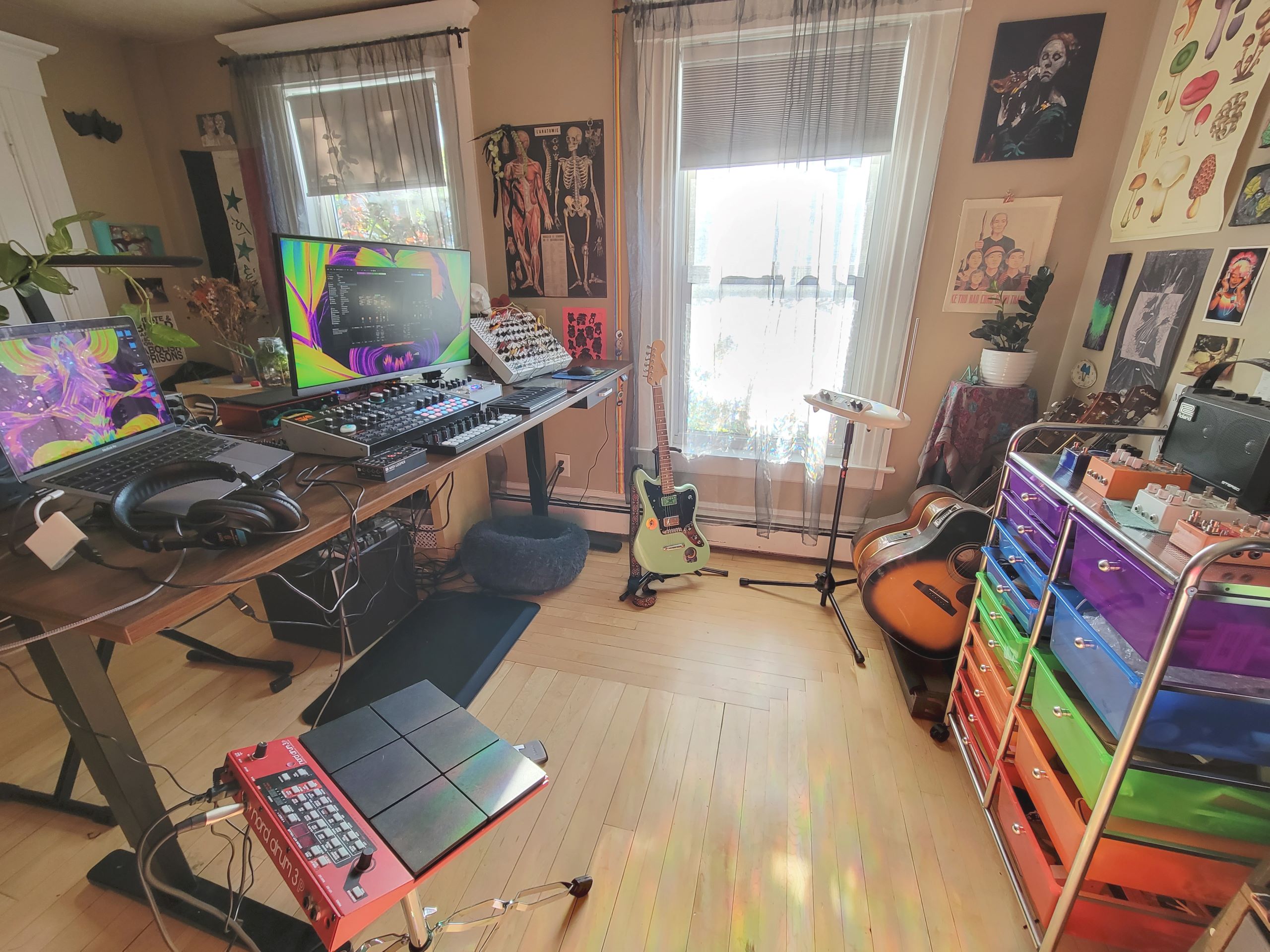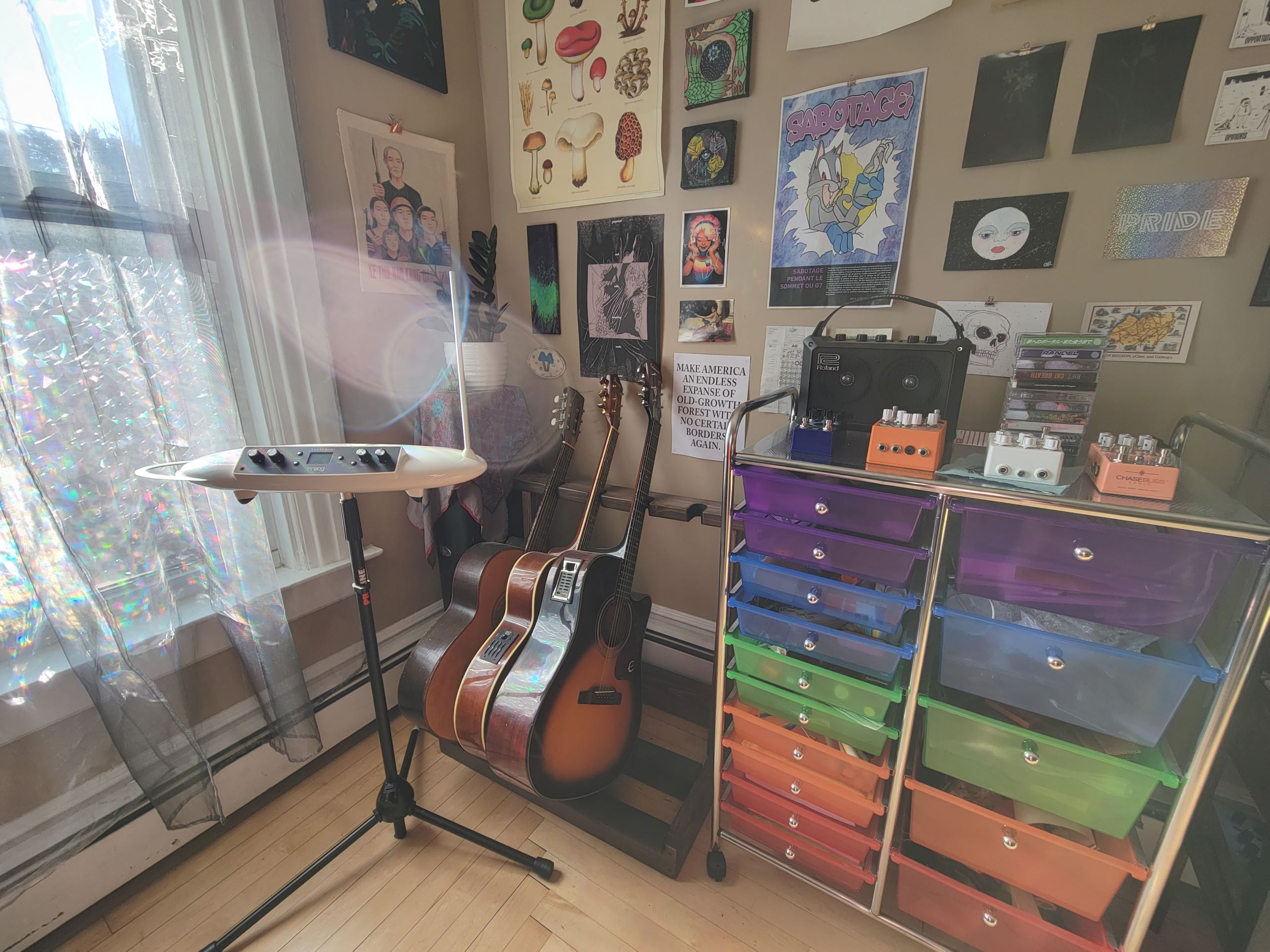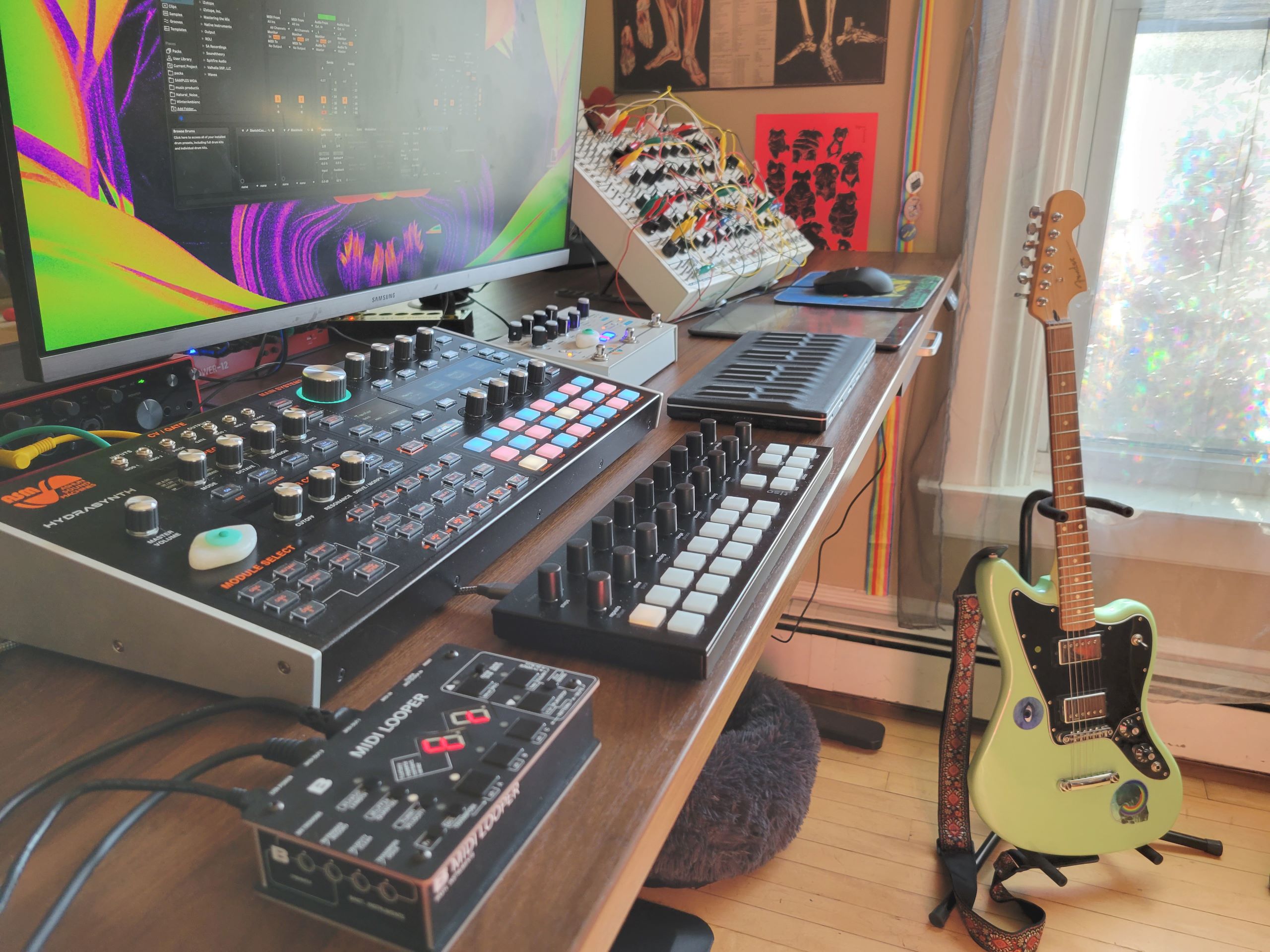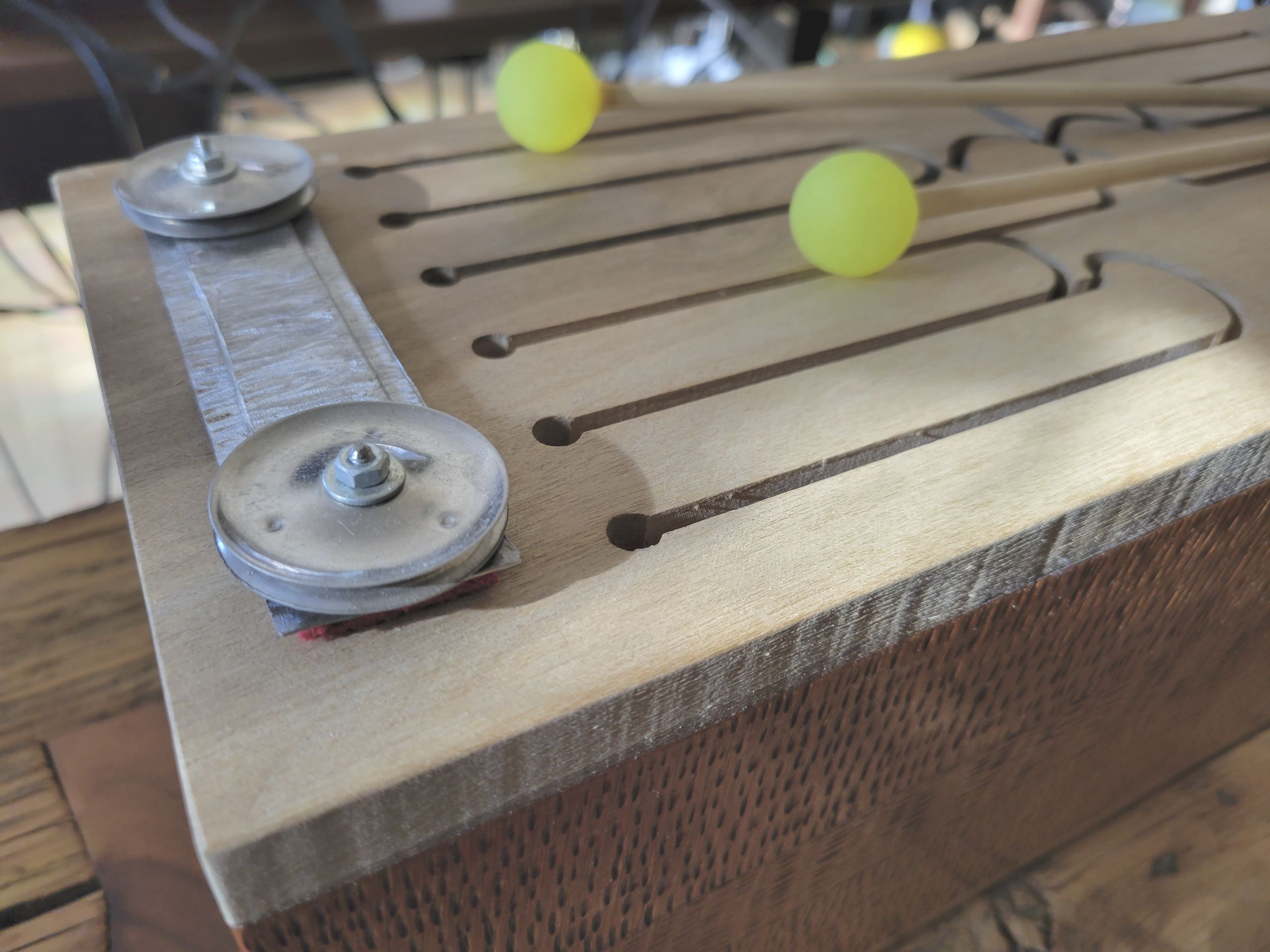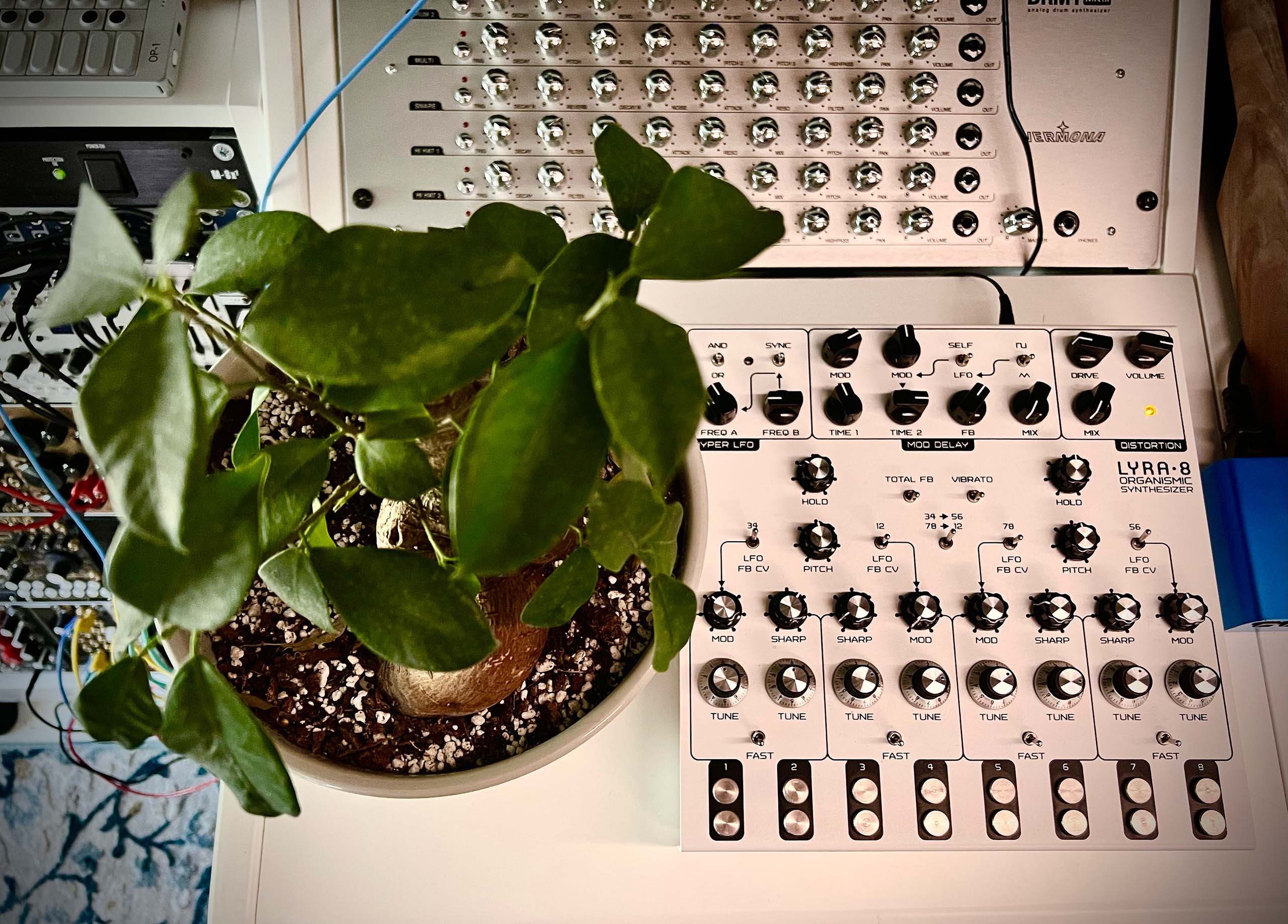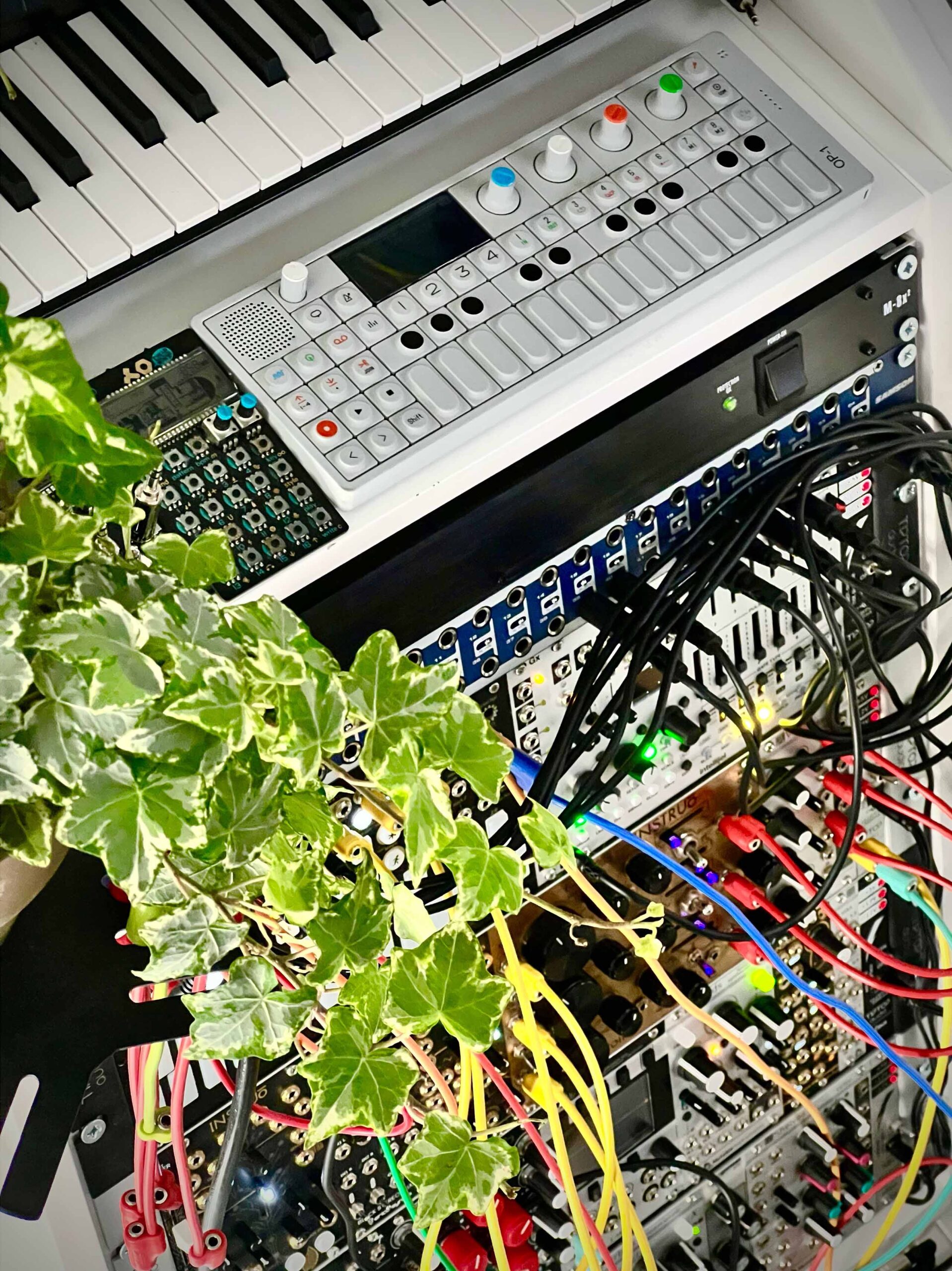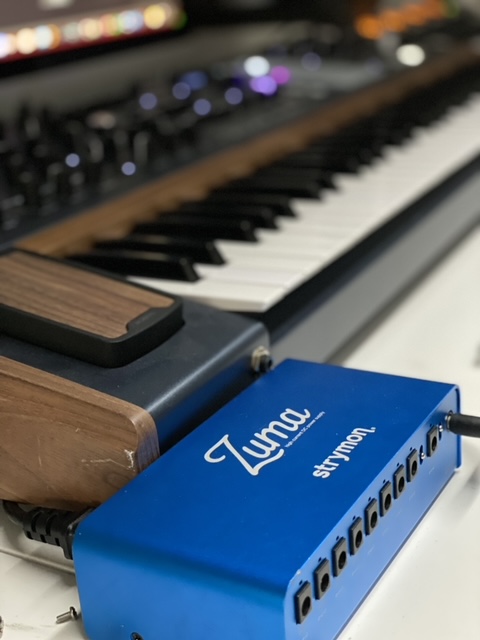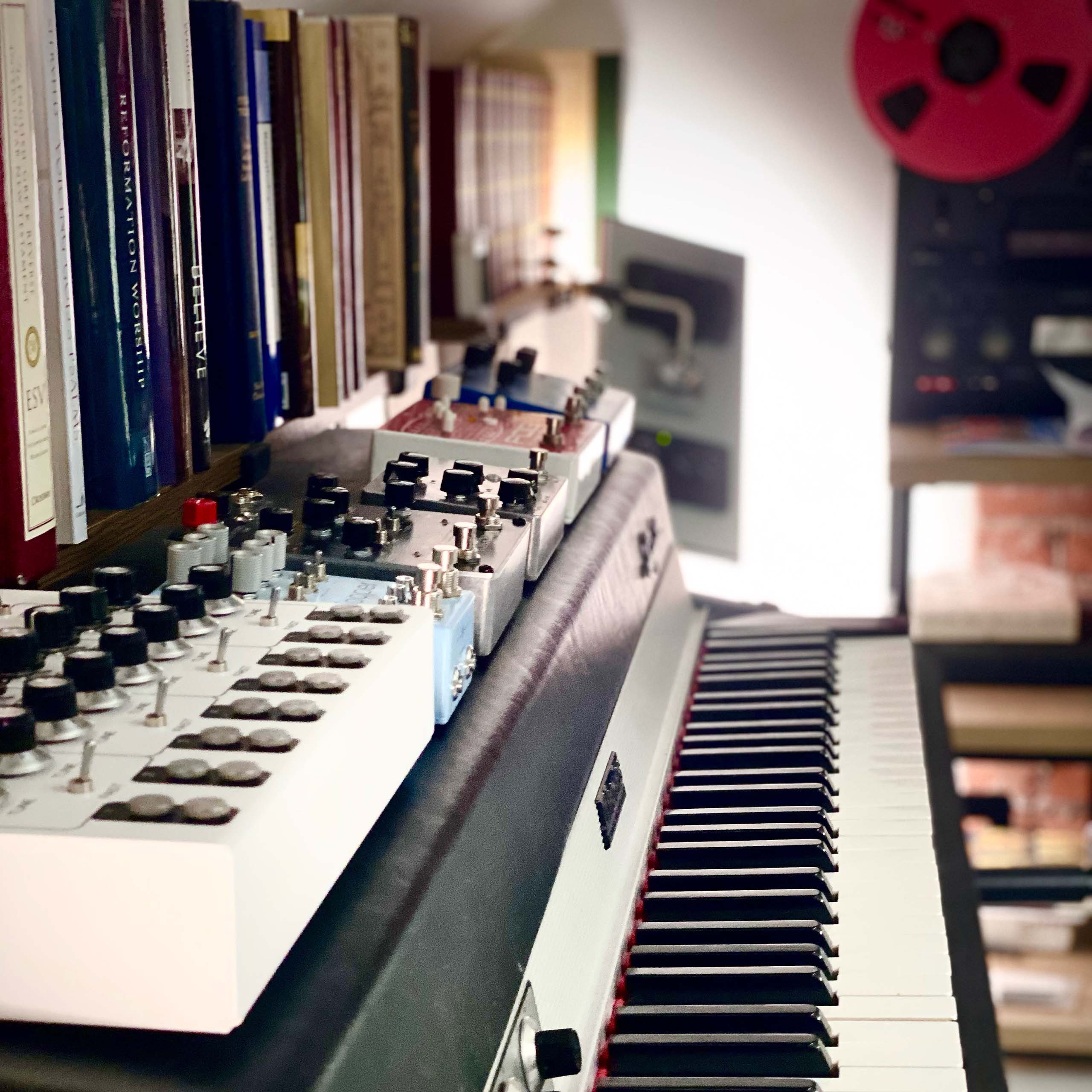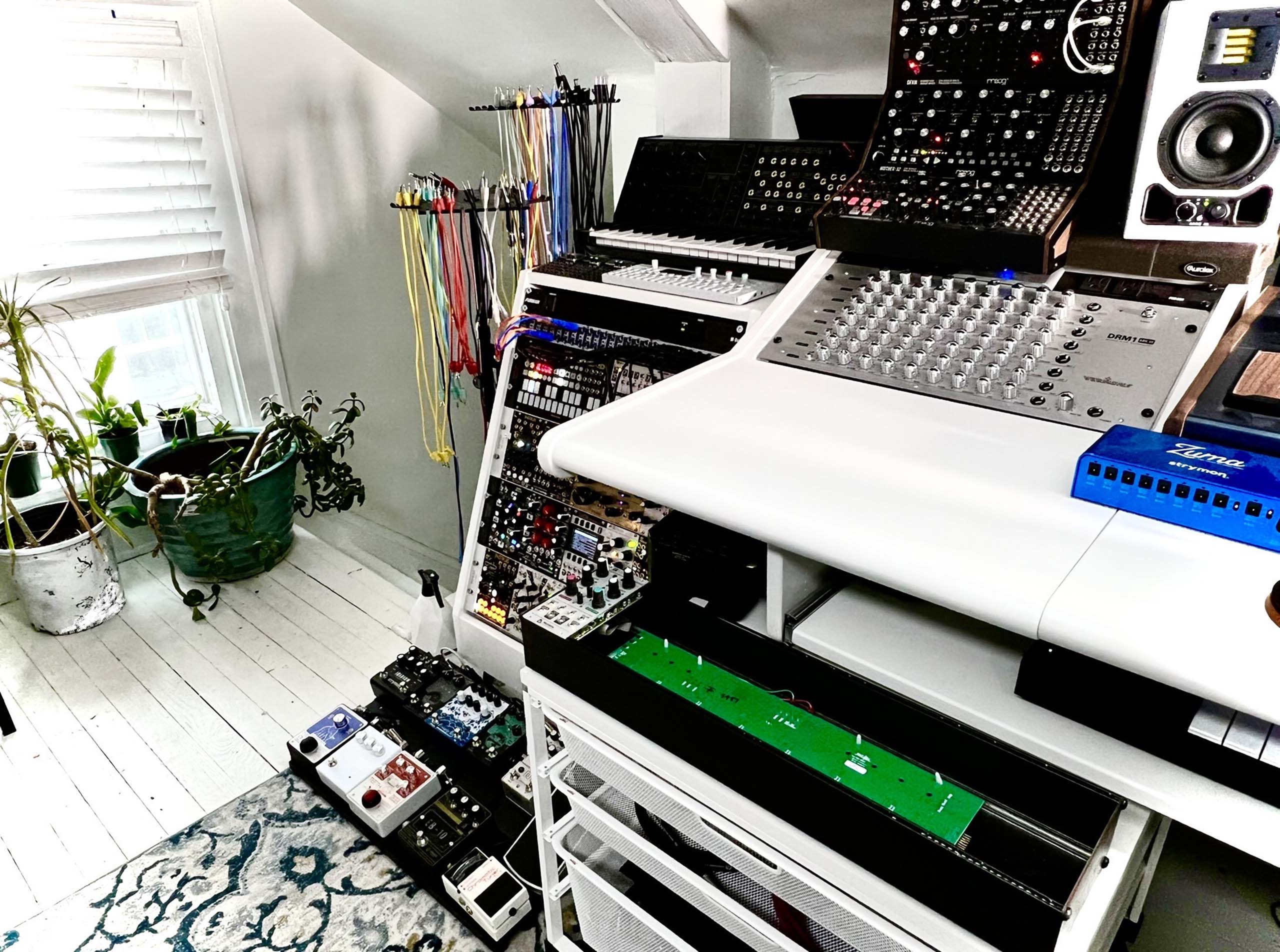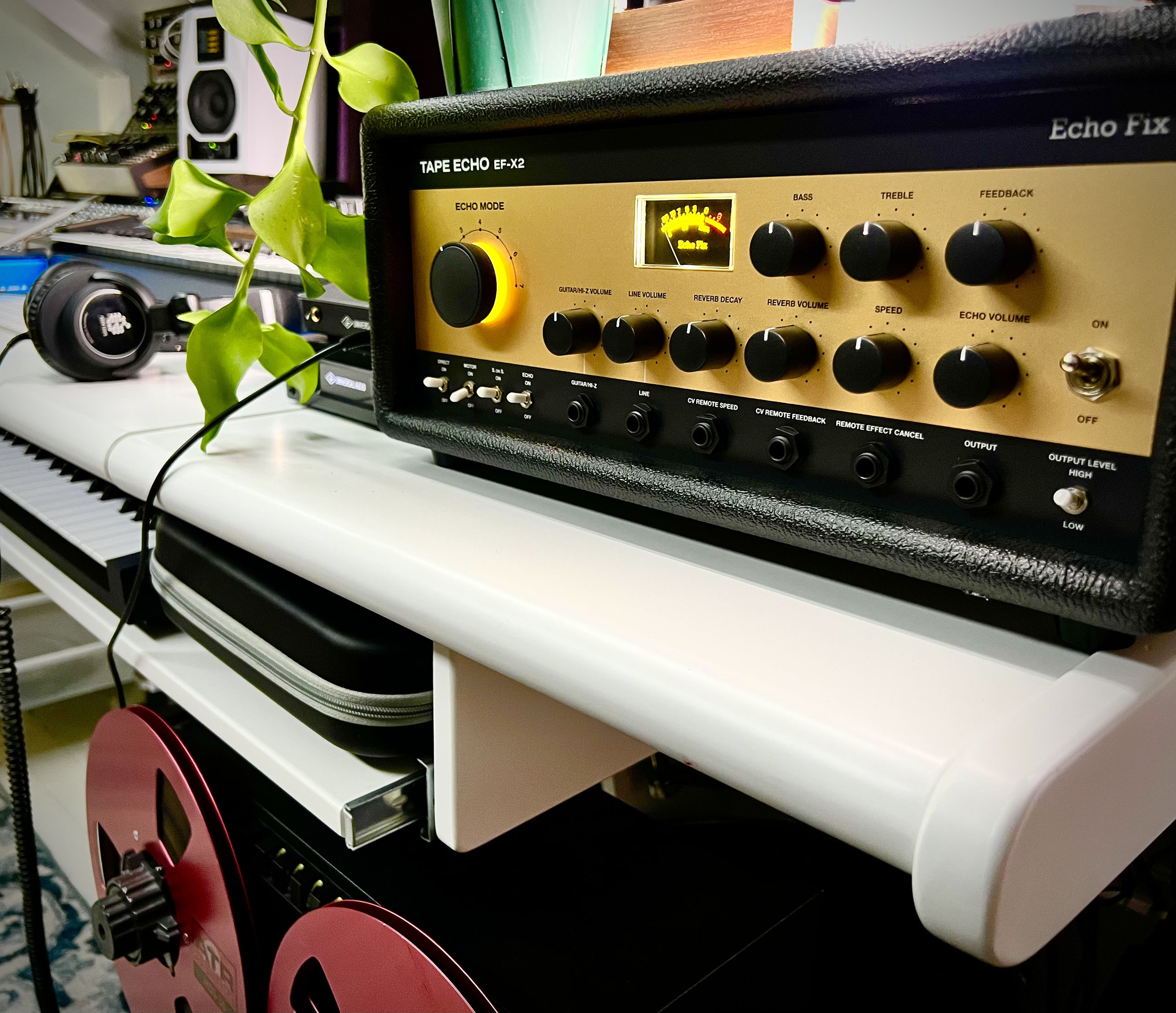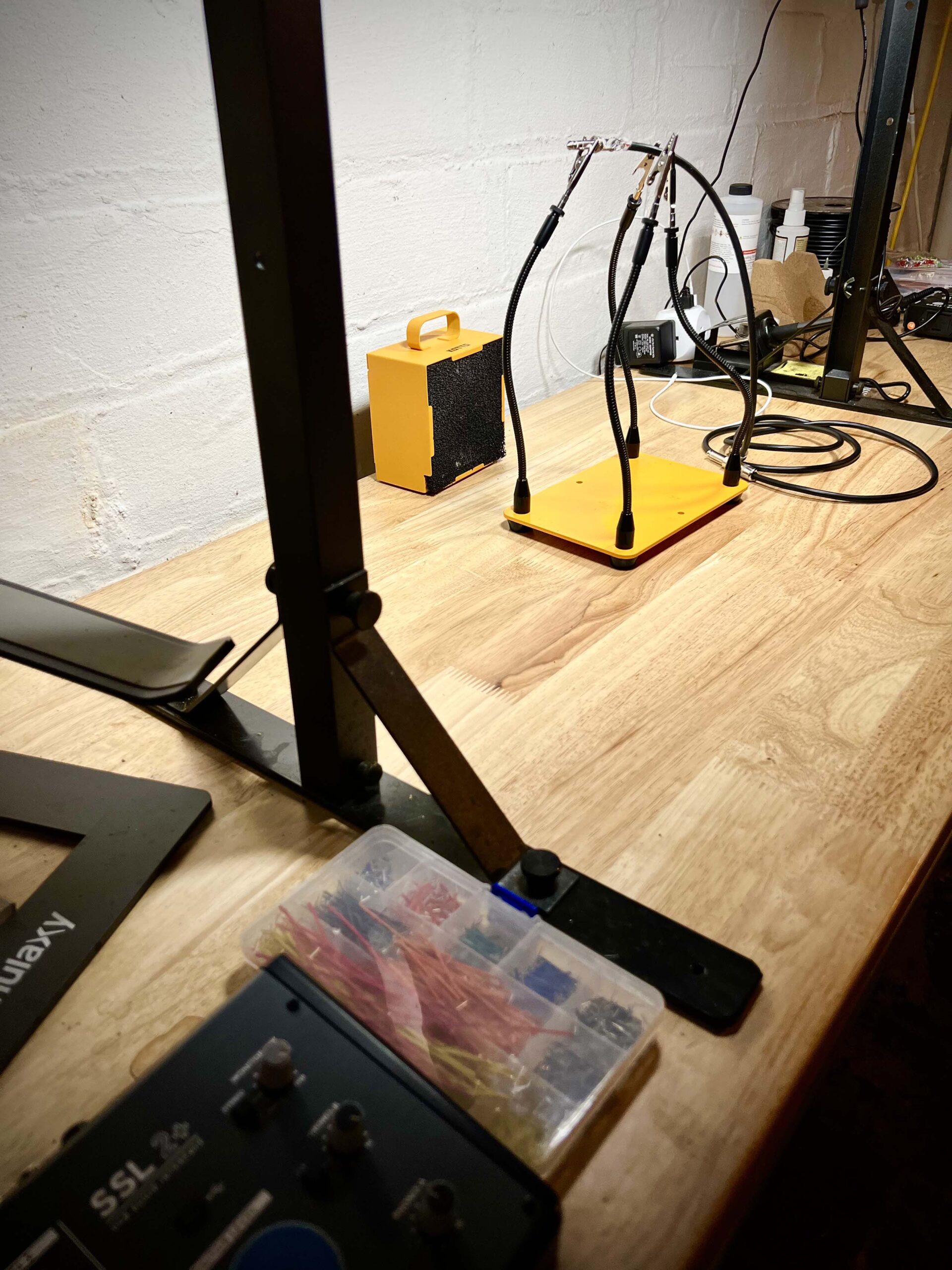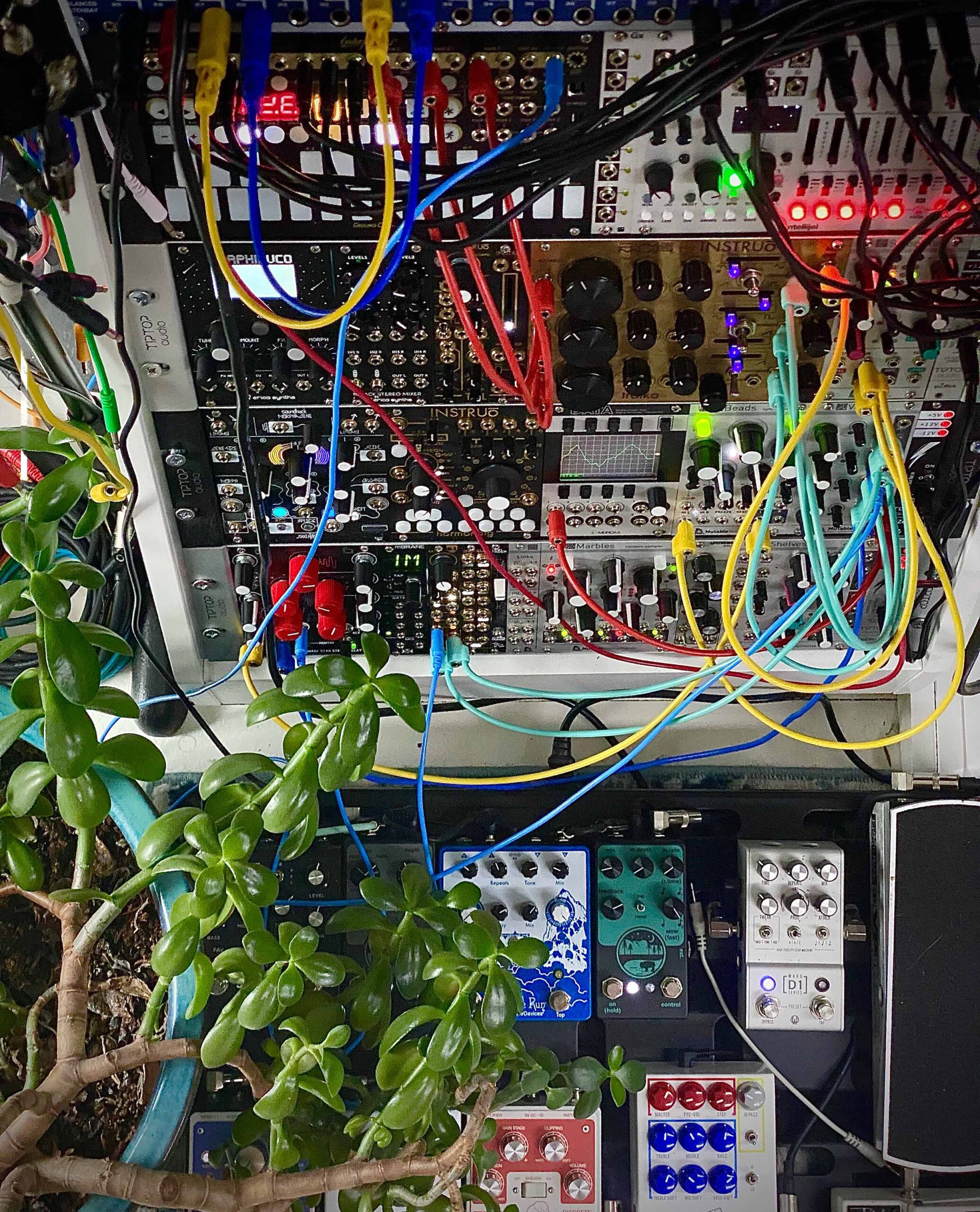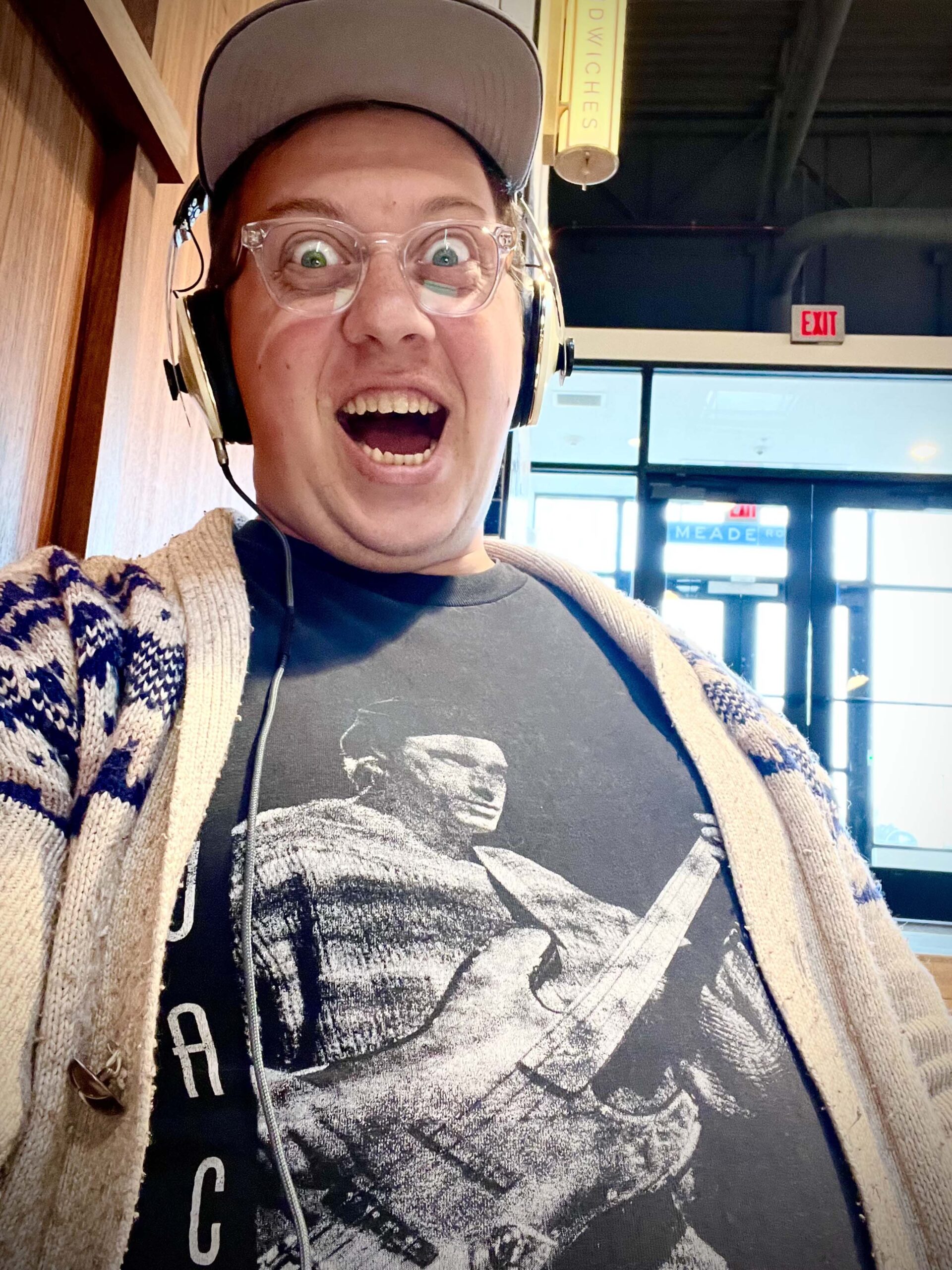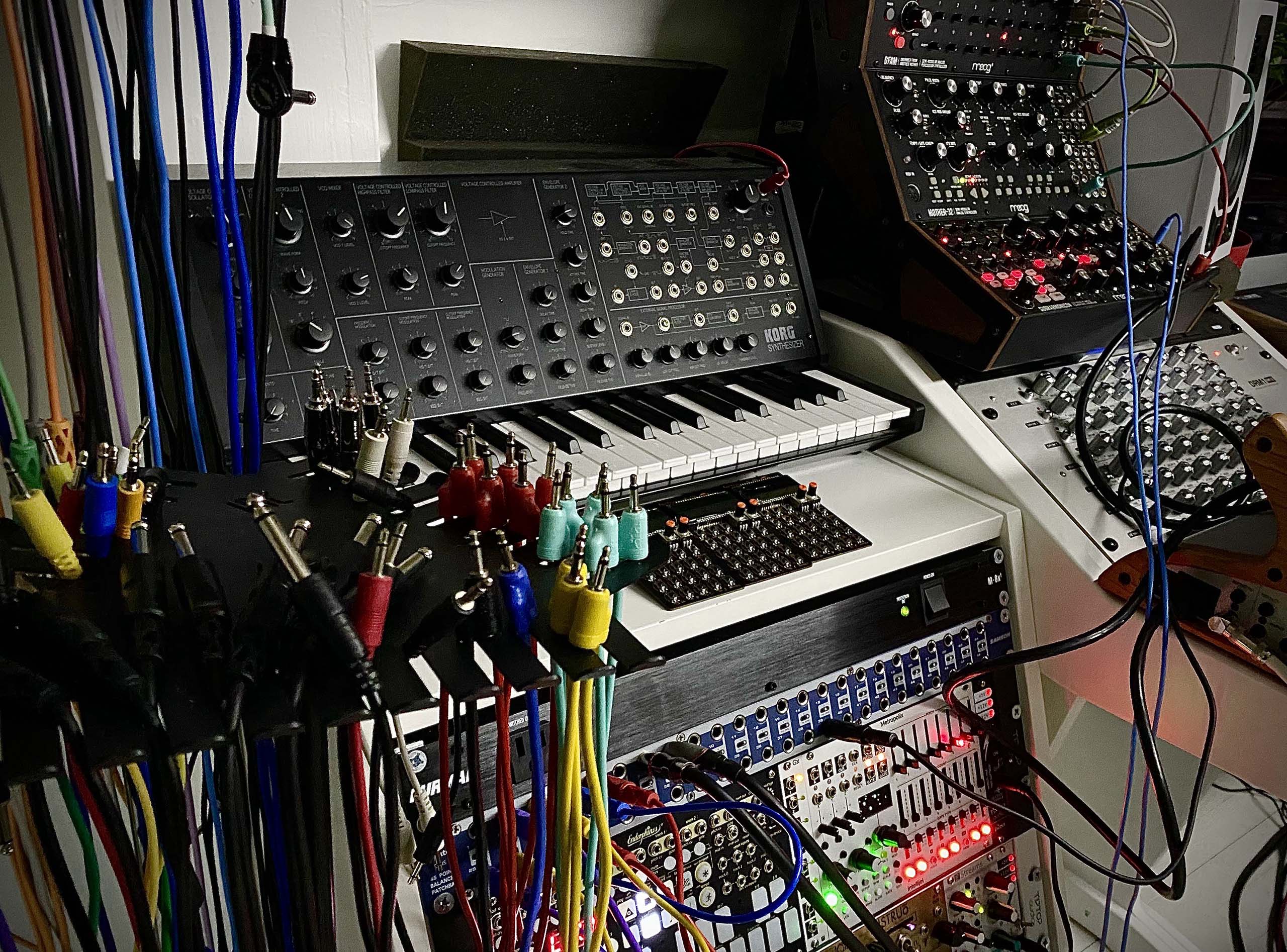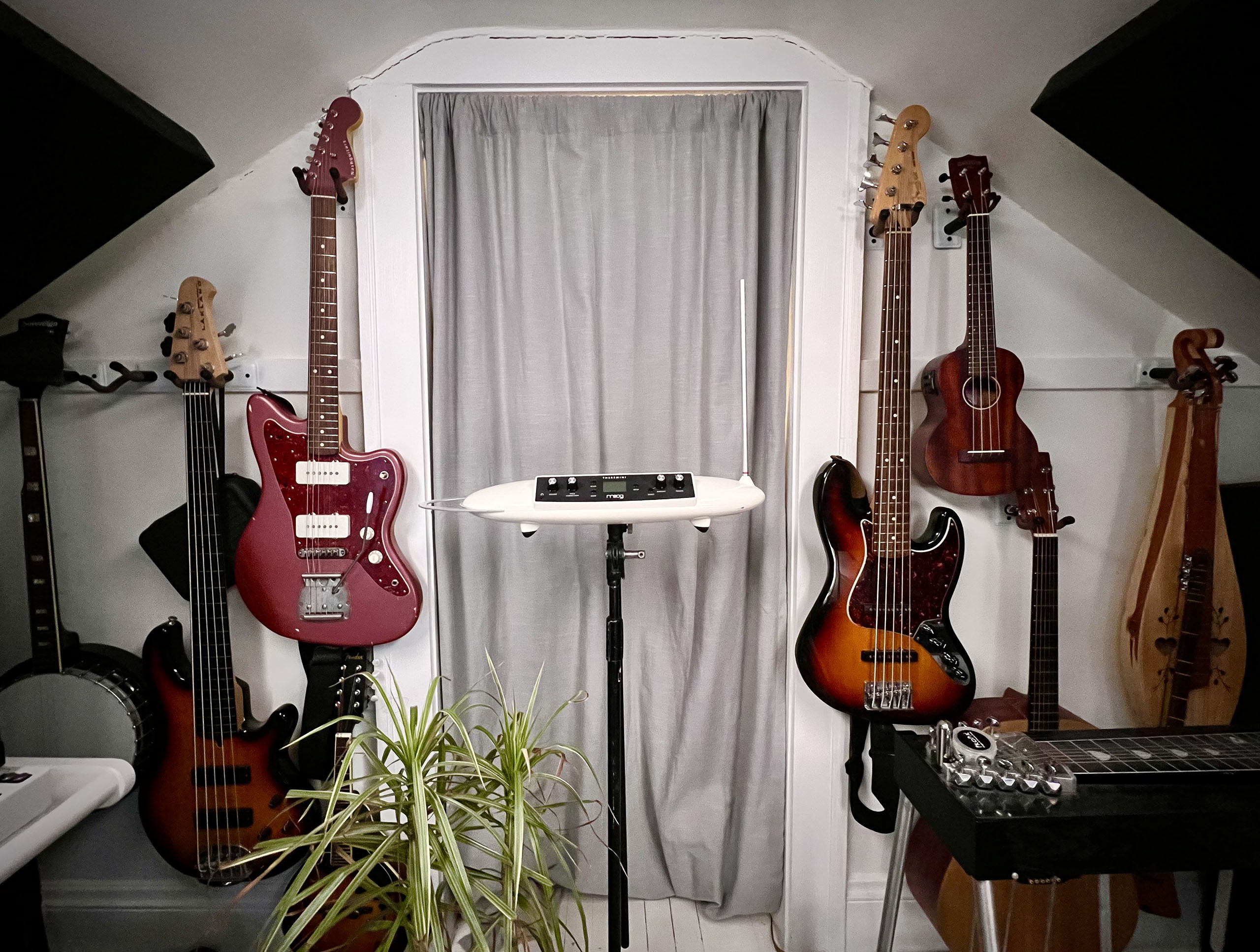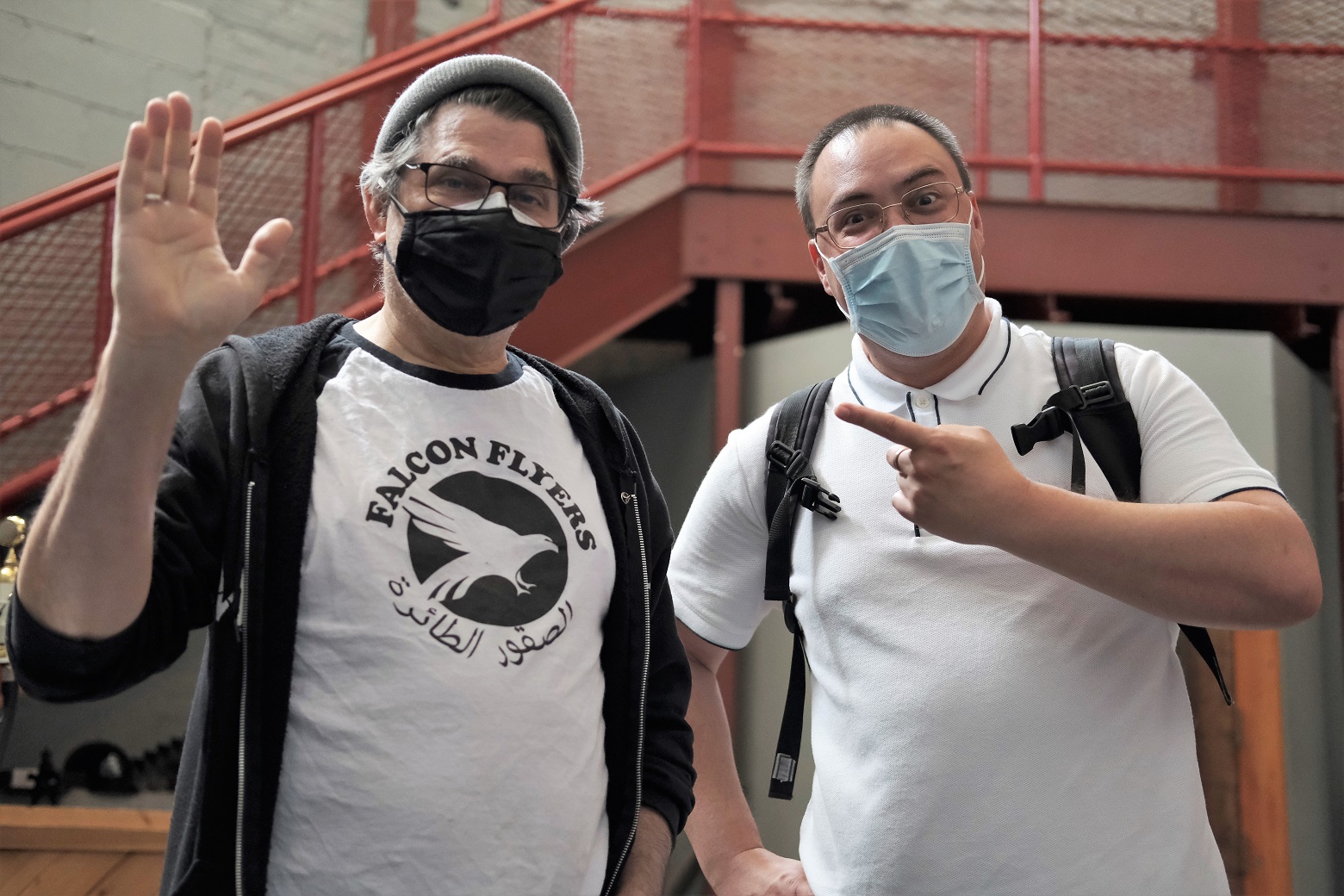
Ok, so here’s a wild thing that happened. I got to meet Steve Albini at his studio Electrical Audio in Chicago.… and embarrassingly I got so star-struck meeting him, that I completely forgot to ask all the questions that I would normally do for this blog!
So that’s why this post is a little bit different than the usual ‘9 Odd Questions for Music Gear Junkies’ Interview.
First of all, if you don’t know about Mr. Steve Albini. He’s a producer/engineer who famously recorded Nirvana’s In Utero, but also hundreds of other records that I and millions of others, have listened to since the ‘80’s.
He has got to have one of the heftiest discographies ever!
But more interestingly, he has a particular kind of attitude to recording and music in general. He records all analogue, not just because of the sound and workflow, but because of its importance as an archival medium. He also keeps his rates as low as possible in order to keep working with independent bands/musicians. This attitude is very much reflected in the way that he constructed Electrical Audio, the studio that he built and opened in the late ‘90’s.
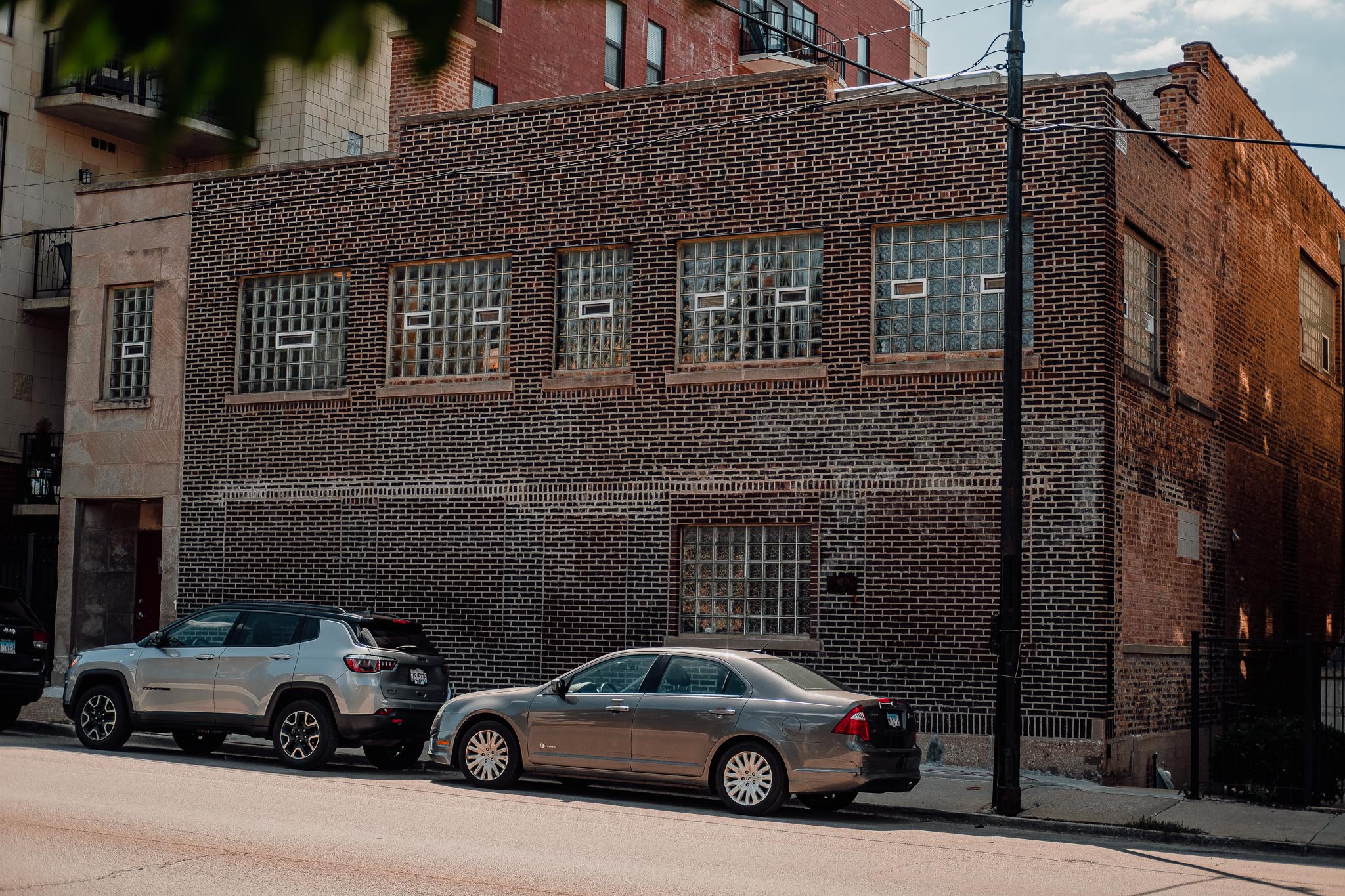
So I was in Chicago this summer playing a couple of concerts for the release of my debut solo album, and I was talking to my bassist, who mentioned that he’s recorded at Electrical Audio with other bands. He said “Give’em a call and ask if you could come by and take a look at the studio and talk to Steve”. For him, having lived in Chicago for many years, Electrical was simply the local studio that everybody used. For me, it was the holy ground on which Sunn 0))) conjured Pyroclasts, their excellent 9th album from 2019.
It simply didn’t seem possible to just call up the studio… and so for the 14 days that I was in Chicago, I procrastinated and did a whole bunch of other stuff.
Then on the last day before I had to fly back to Denmark. My buddy Anthony, the bassist, reminded me “Just call and go out there”. So I called up Electrical and there was a nice person who answered “Yeah, come on by… There is a session today at noon, but there should be some engineers here to show you around”.
So of course I took a cab out there at 9am! Jumped out and rang on the door.
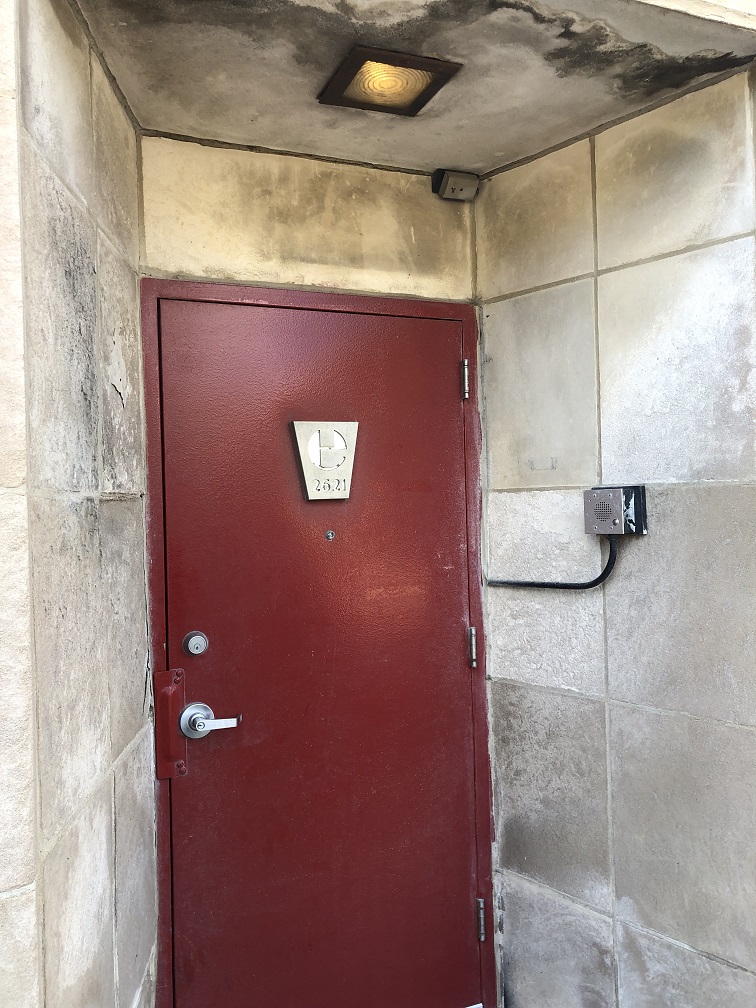
And… the same person on the phone says “Oh, there are no engineers here right now to show you around. Can you come back in an hour?”
“Sure” I say. An hour goes by. Me, loitering outside in the general area.
Ring that bell again. Same thing. So I come back 30 min later.
Receptionist says “Hey, what about if you give me your tlf number and I get someone to call you back when they get here?”
“Perfect” I say, and think ‘Damn, they’ll be busy with that session today and I’m leaving tomorrow’. So a bit disappointed, I walked down the road from the studio that I didn’t even get into, to find lunch somewhere.
I’m just about to order a sandwich at a cafe … and my cellphone rings.
“Hey, this is Steve… you wanted to take a look around the studio?”
“YES! I’ll be there in 2 min”… and I run out of the cafe.
The following is a loose, badly-remembered re-paraphrasing of the hour long tour that Mr. Steve Albini gave me of his wonderful studio and gear. Mainly just photos with whatever I could remember that Steve said.
At Electrical Audio, walking from one live room to the next, seems just like any other studio, but what is not visible, is the fact that each room has it’s own separate foundation, for near total acoustic isolation between rooms.
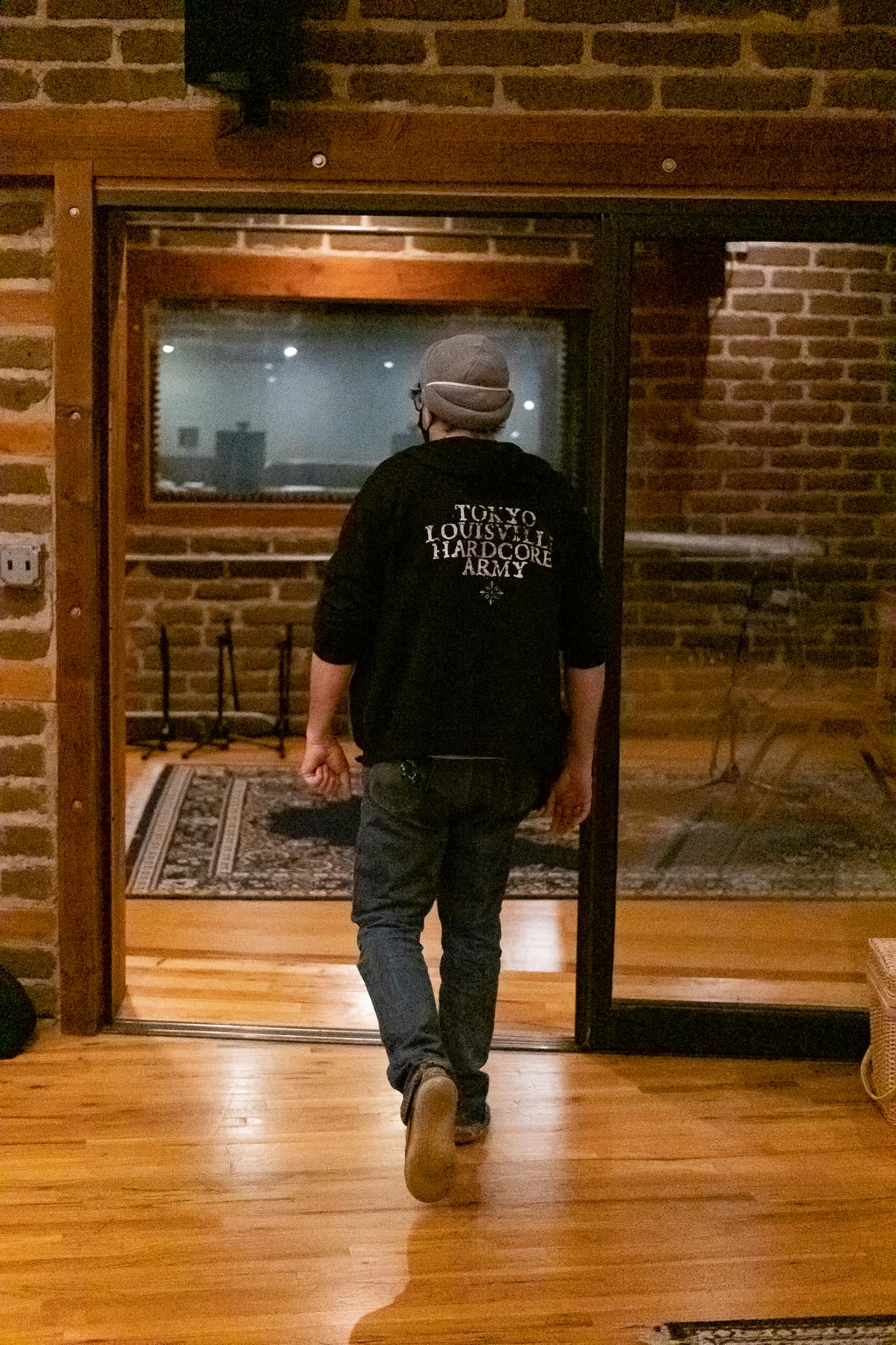
You know how you always hear of studio owners tearing the roof off their house in order to get their massive consoles into the mixing suite? This is the upside down version of this! Buying a building and re-digging it’s foundation, with the building still in place. A pretty intense approach to acoustic control.
The mic collection at EA is a sight to behold. While I was a little too busy salivating over the mics, I barely managed to register that Mr. Albini said something like… ‘Every sound is different and every mic responds to that sound in a different way… so for every recording, you have to try out a lot of mics.’


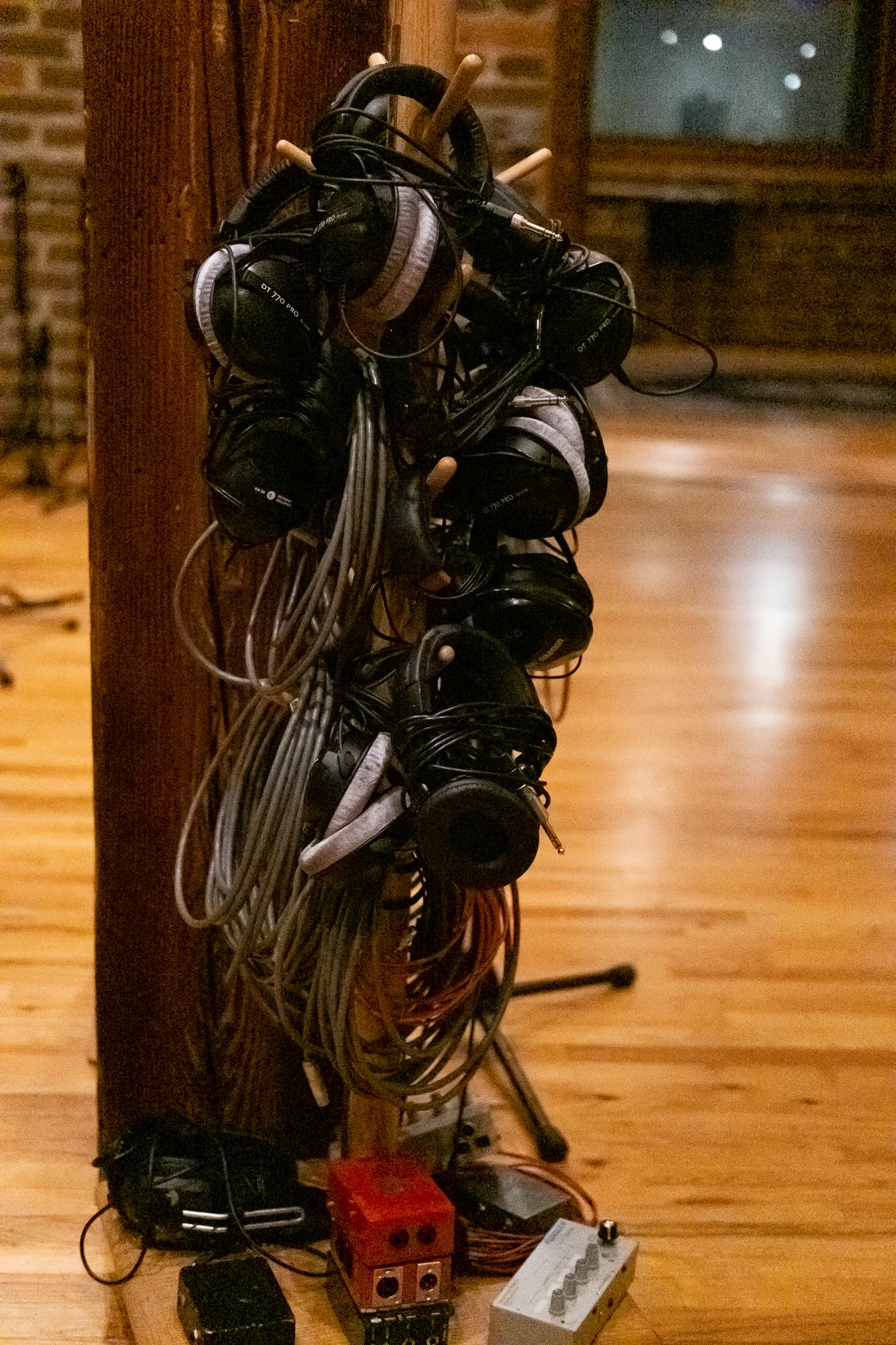

Analog recorders and effects racks play a huge role in the daily recording life at Electrical Audio. These aren’t there for show or the occasional ‘retro band’ that books a session once a year.
They are constantly serviced and maintained by the in-house tech.
Mr. Albini even showed me their service log books, and described the administrative system they use to keep everything up and running. Which means that anything that’s not working, gets pulled out and fixed off-site. Anything you see in the mixing rooms is plugged in and ready to go.
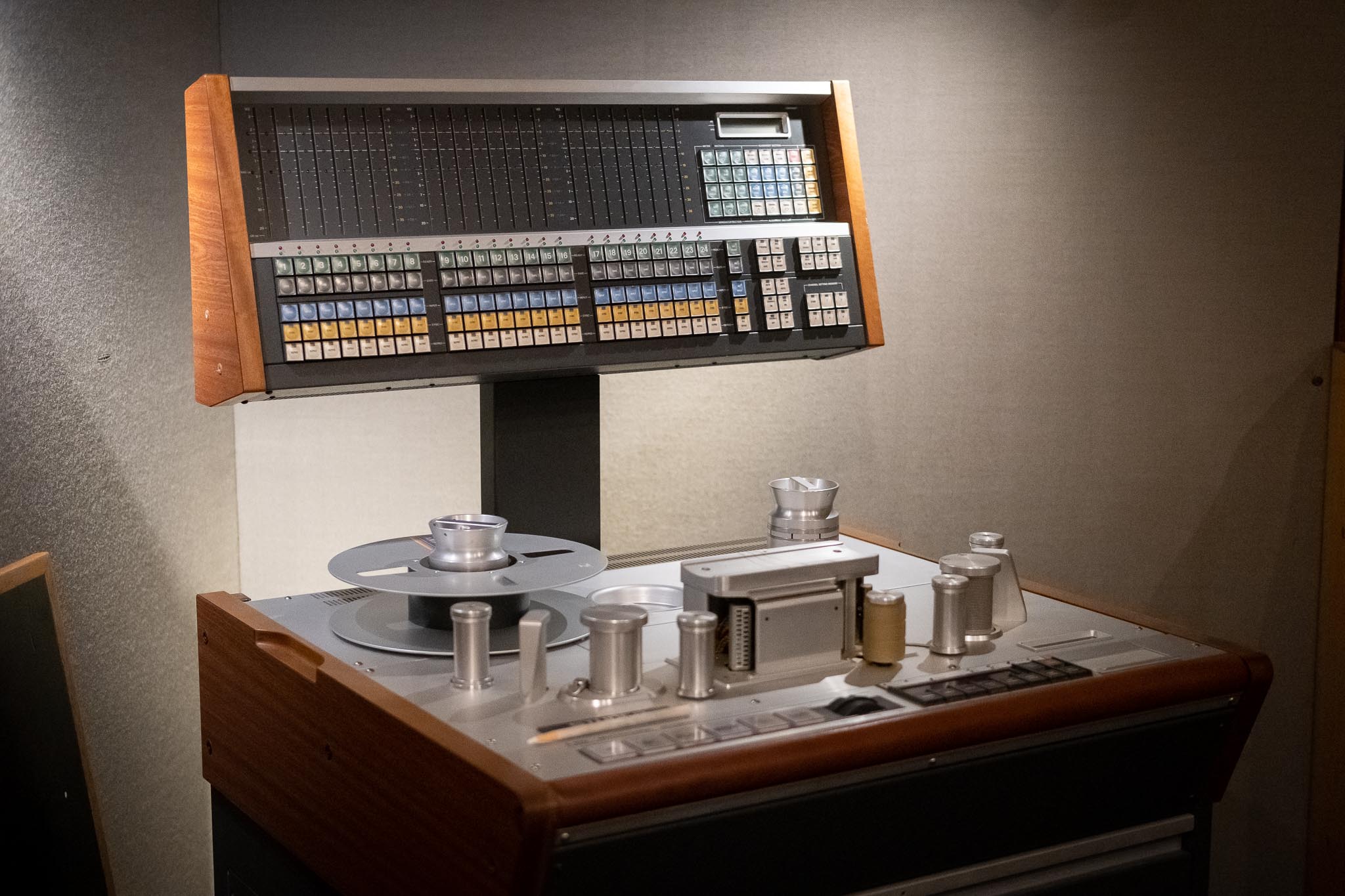
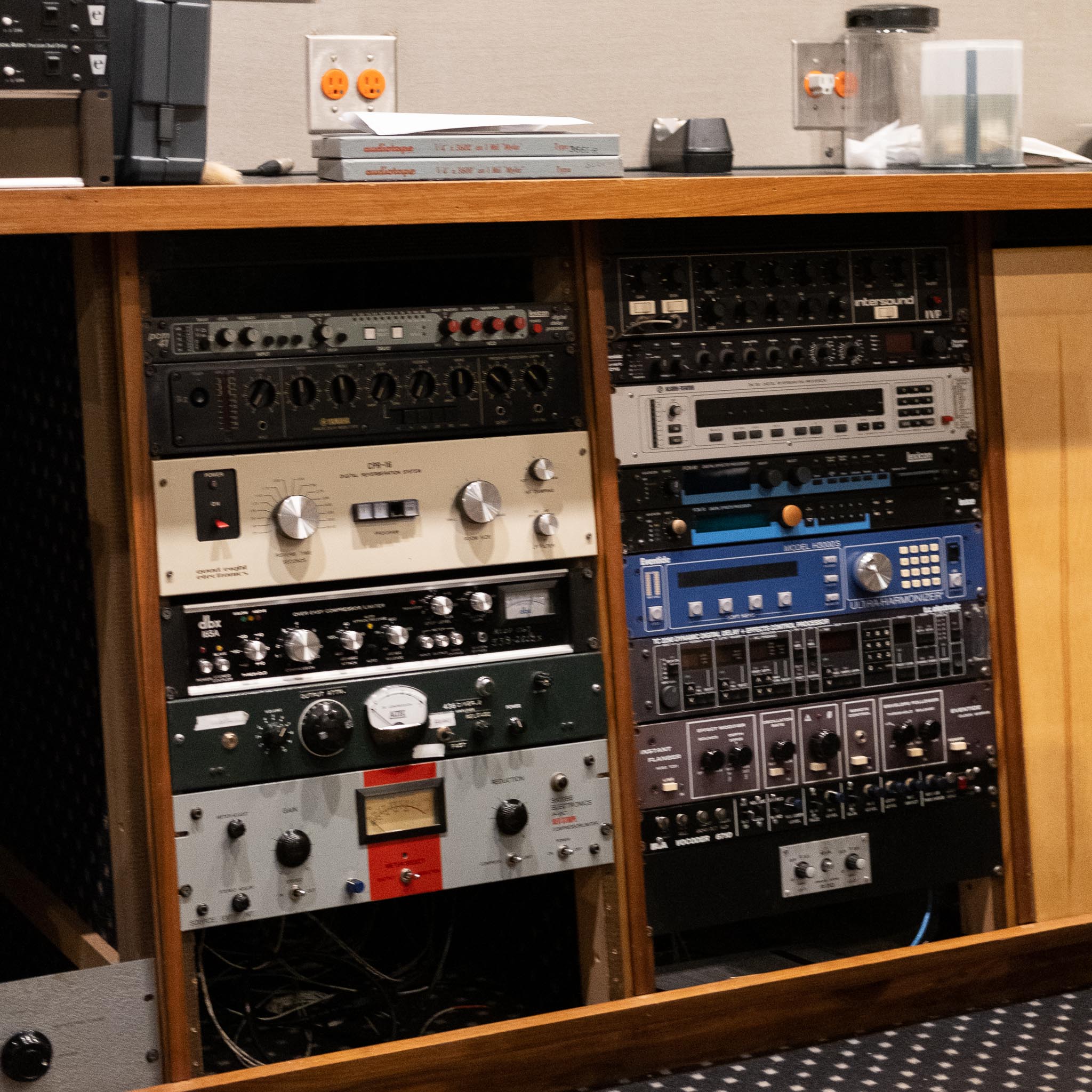
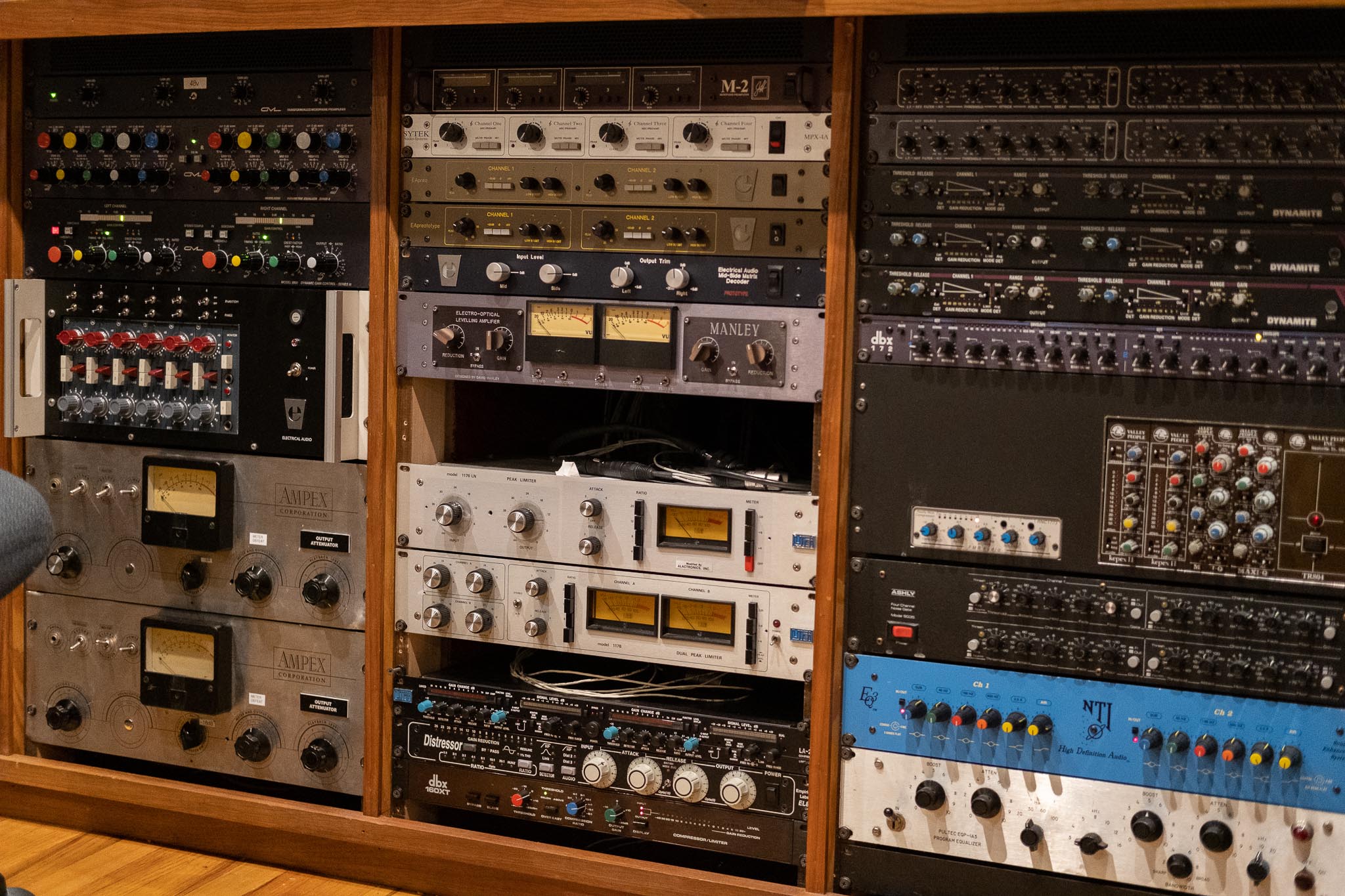
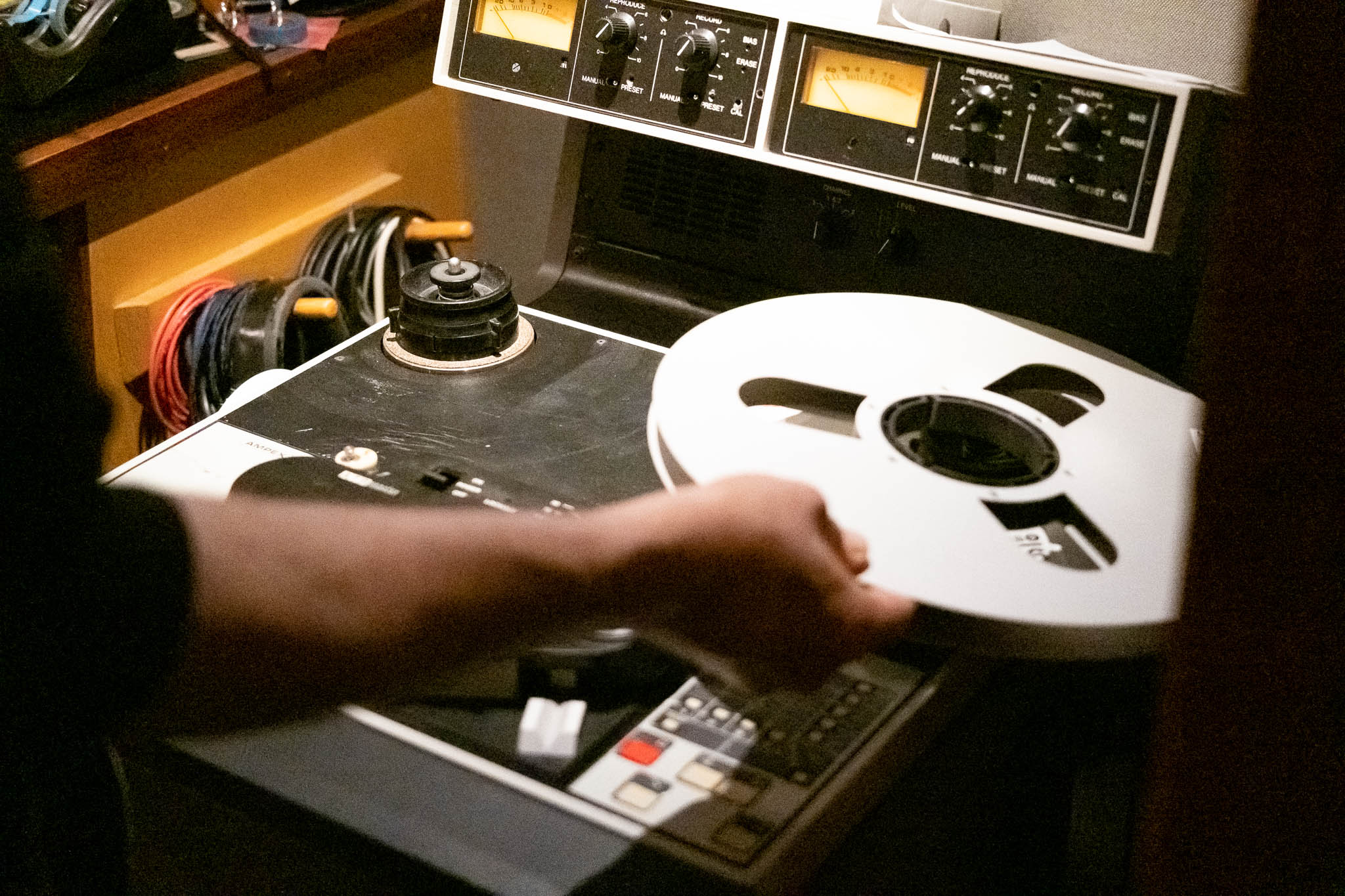
Electrical Audio even make their own brand of equipment. Their in-house studio tech has plenty of work to do, in order to maintain all that juicy analog equipment. But somehow they make time to produce a lovely EA preamp and shelving EQ (the bi-colored LED lit logo is a signature).
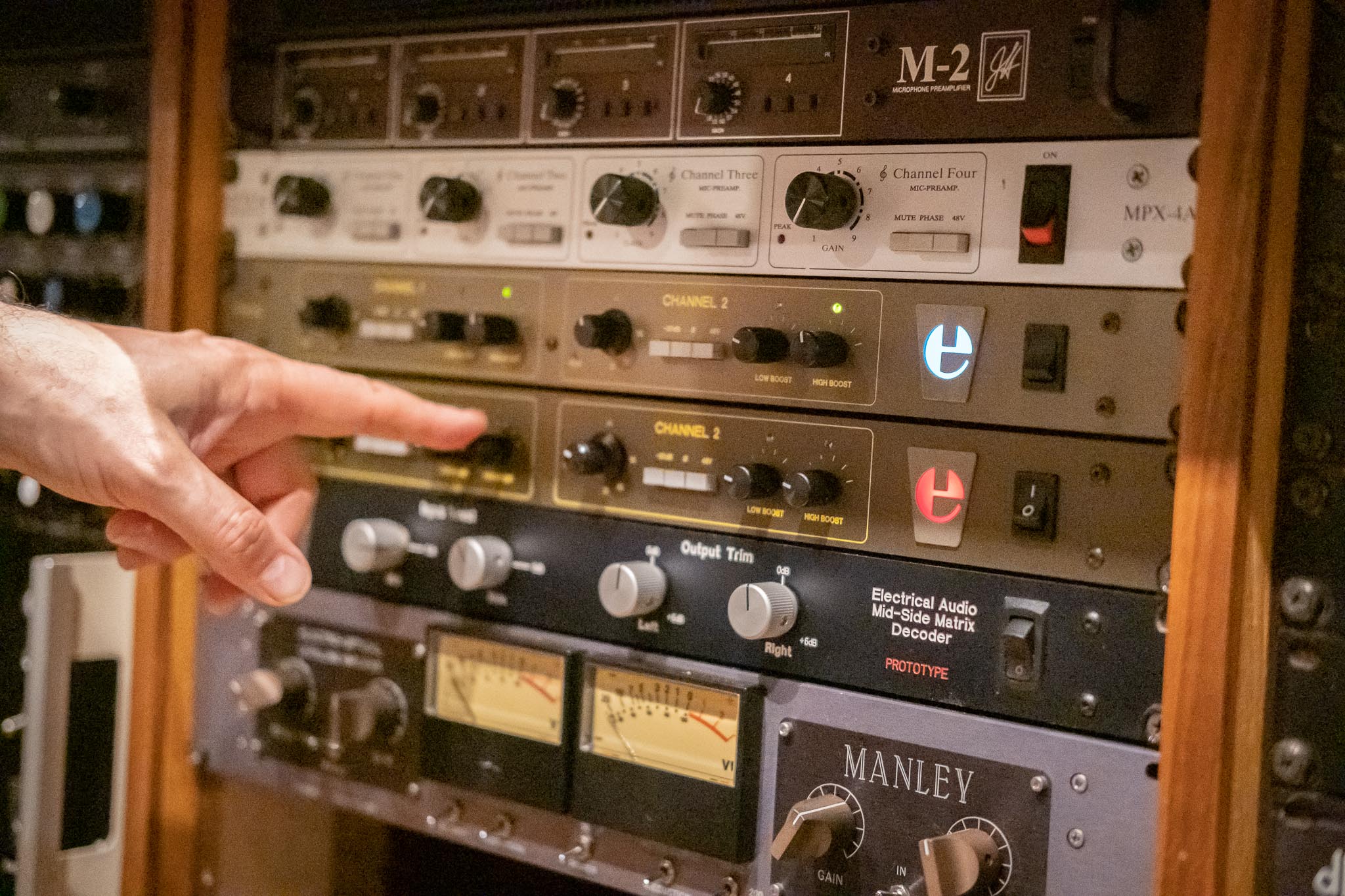
EA also make a passive direct box, which Mr. Albini say is a workhorse and gets used a lot, both for re-amping and sending mic level signals to guitar pedals. Since it’s a passive design, it is bi-directional.
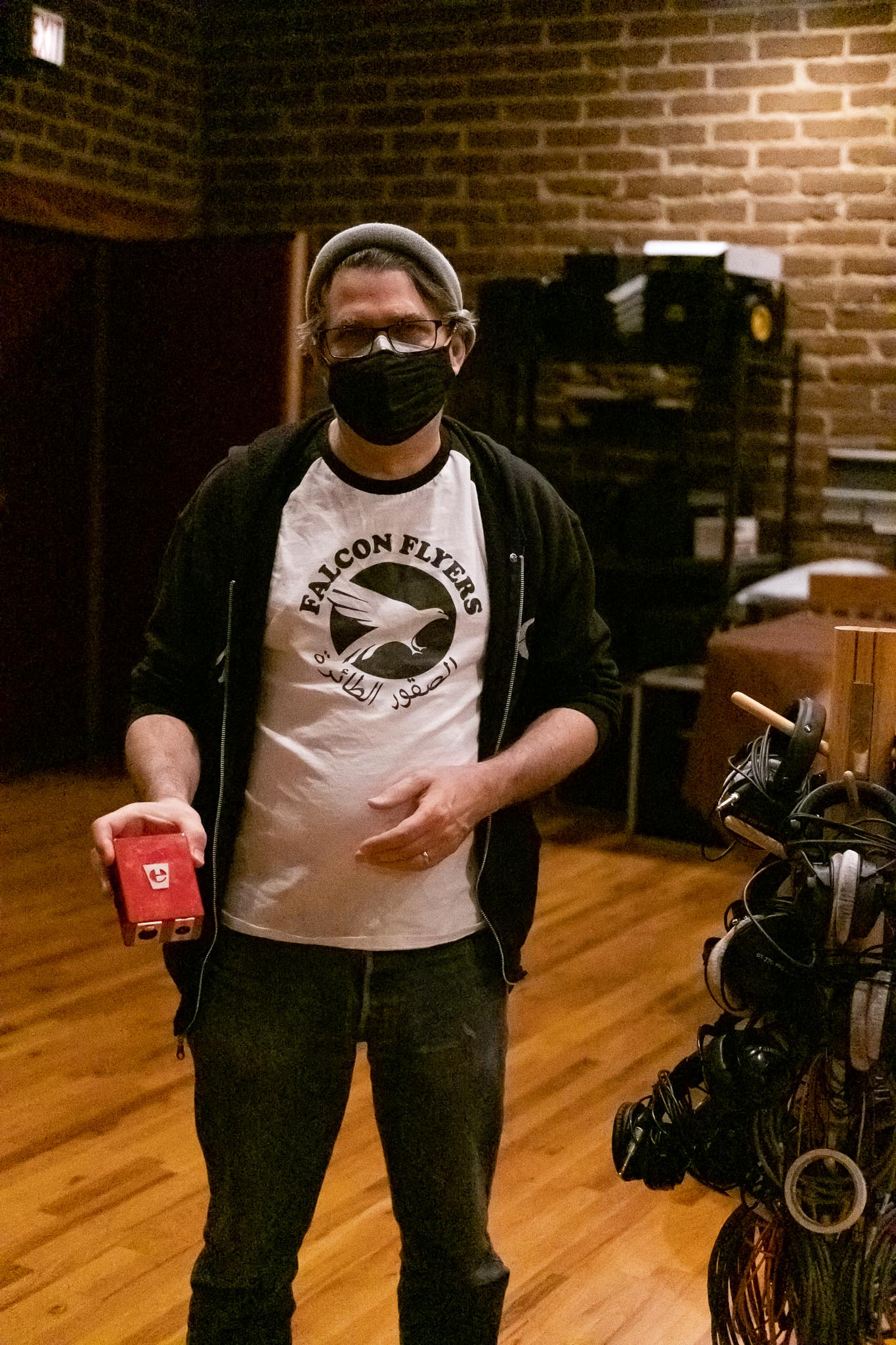
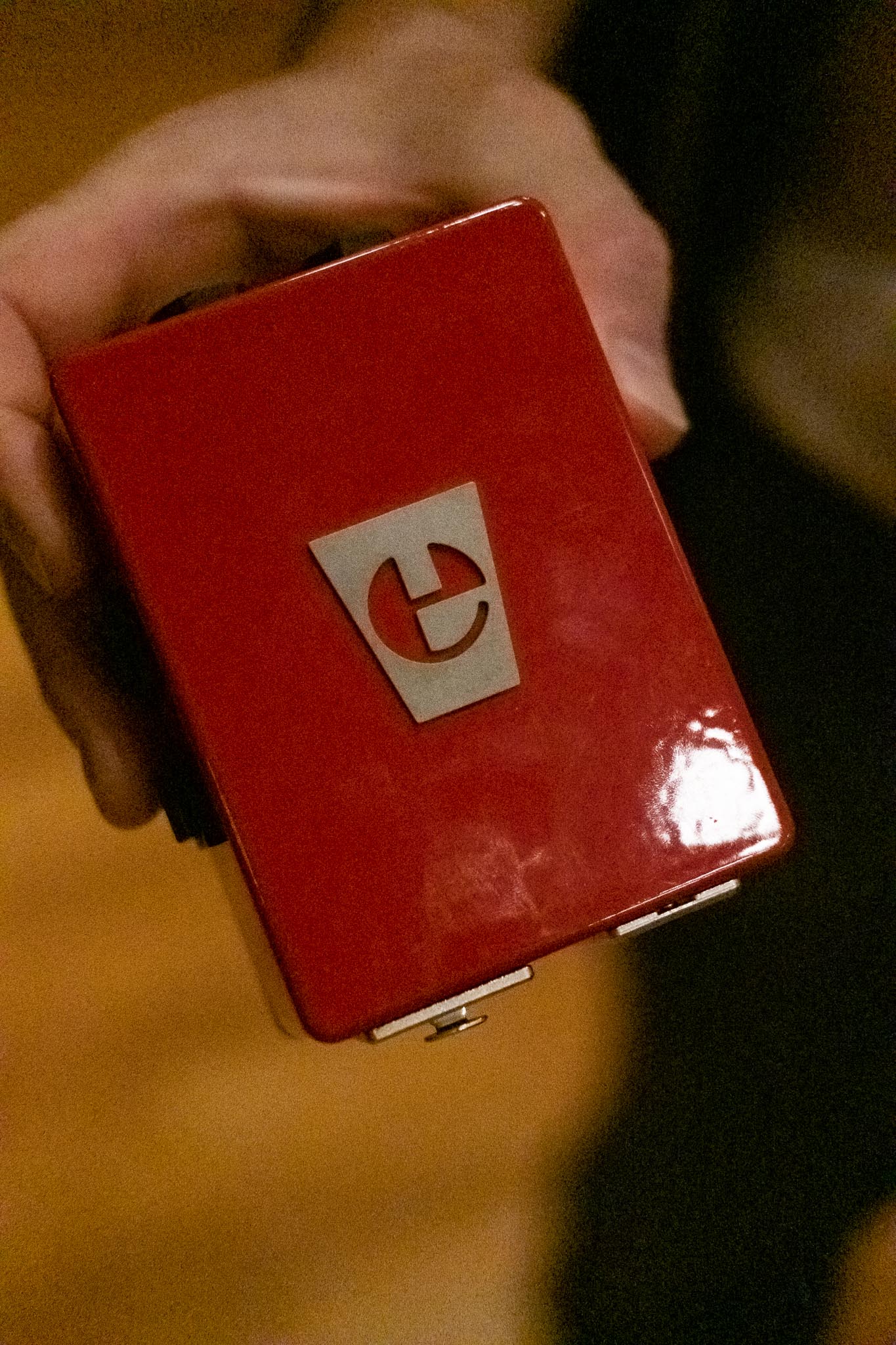
Check out the super high ceilings in Studio B. There’s lots of natural light, which is very lovely, but quite unusual for a live room, there’s also tons of diffusion in the ceilings.
It was really funny to clap in this room, coz I could easily recognize the distinctive reverb, from countless albums with recordings of snare drums in this room. Strange to experience such familiar early reflections, in real life.
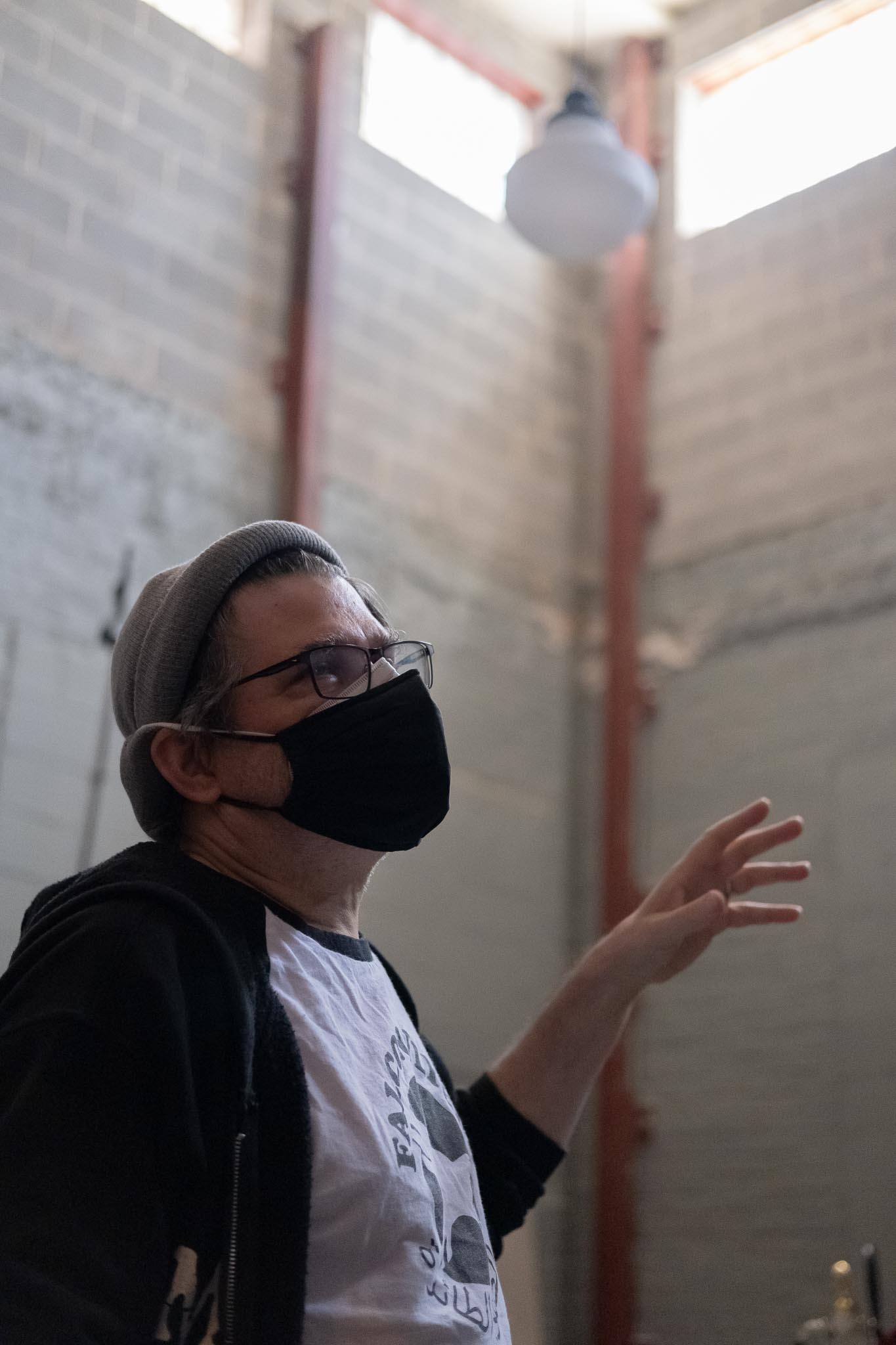
Steve took particular pride in describing the non-parallel walls made from Adobe mudbricks that were used inside the studio live rooms. They are unfired and have the odd properties of both reflecting sound in a diffuse way, but also absorbing it over a ‘pleasant’ spectrum.
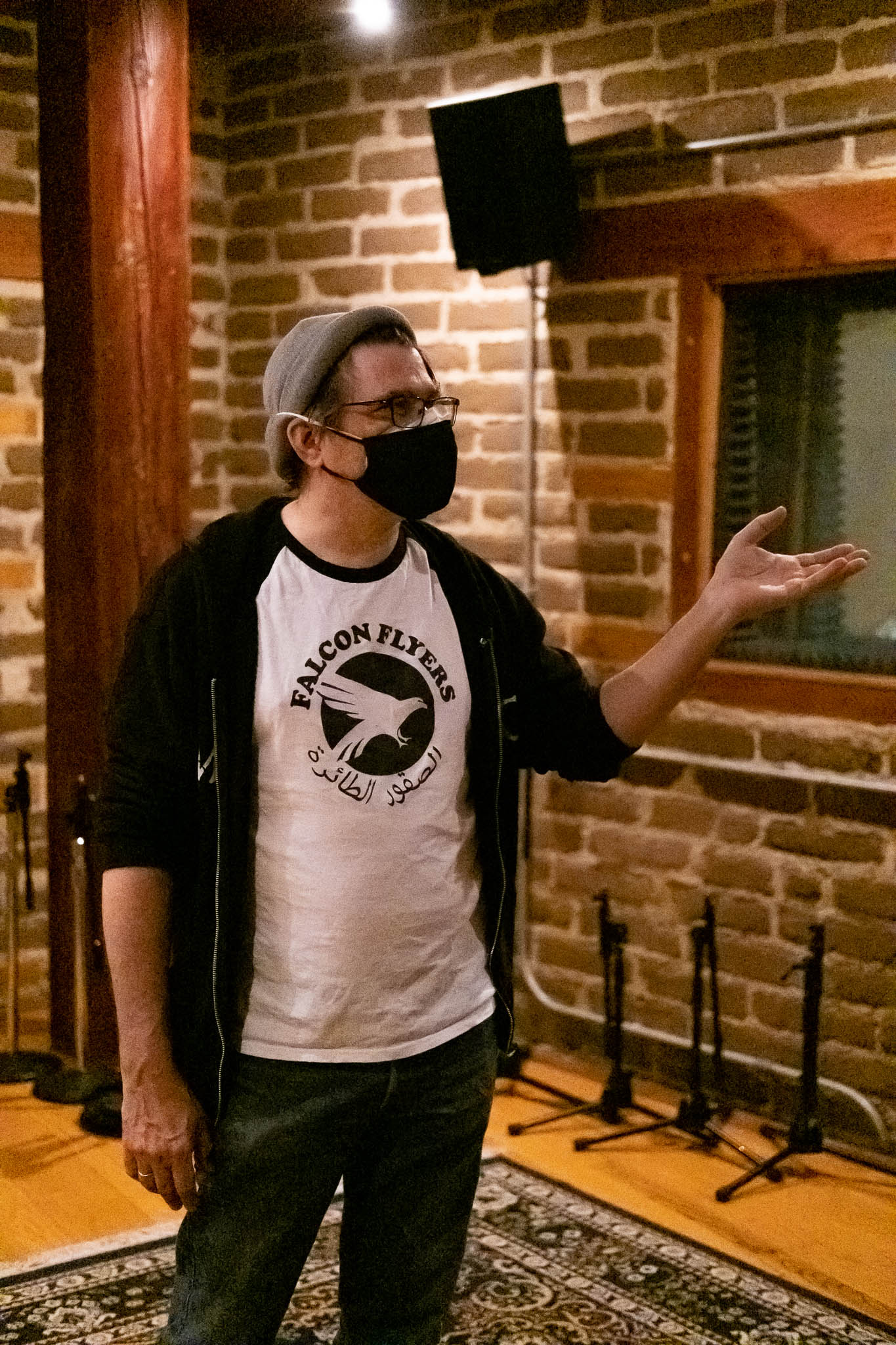

Lastly… yes, I did remember to ask him what his favorite knob/fader or switch was….
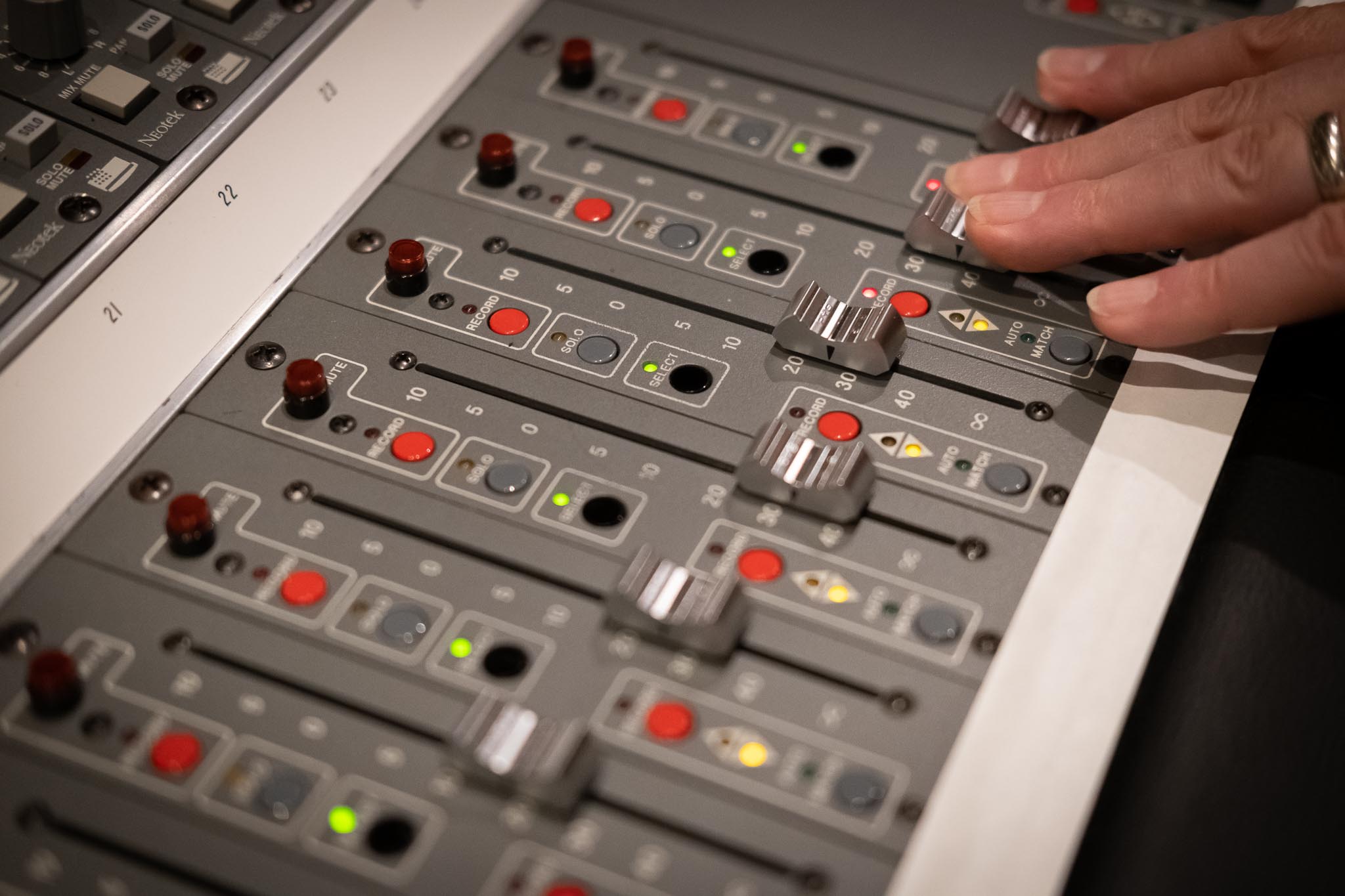
Thanks Mr. Albini for graciously taking me through your awesome studio!
[Editor: Wanna support the blog? Then here are some affiliate links to patch cables [US, EU] or guitar strings [US, EU].
Clicking one of these links and buying any product that you need, will help support this blog… doesn’t even have to be the ones in the link. Thx]


